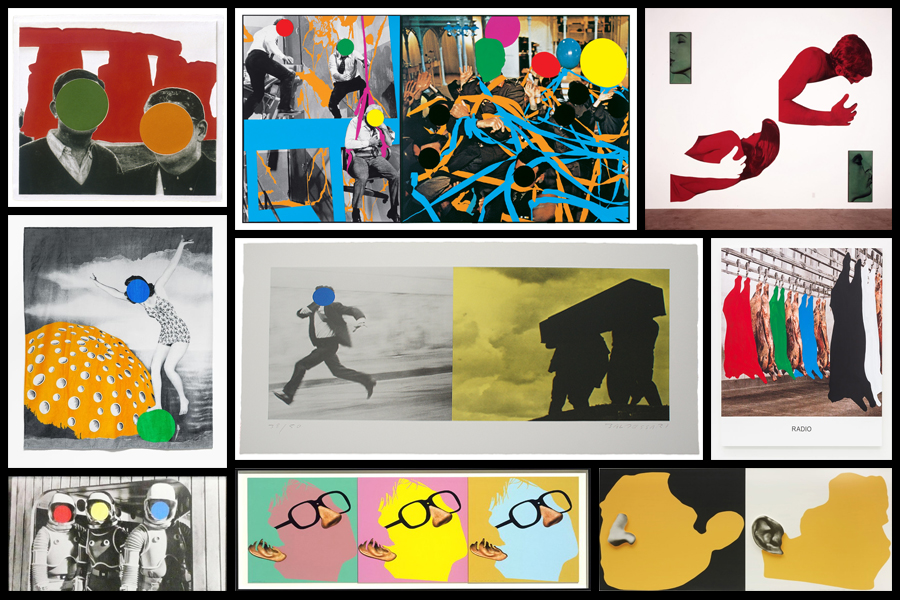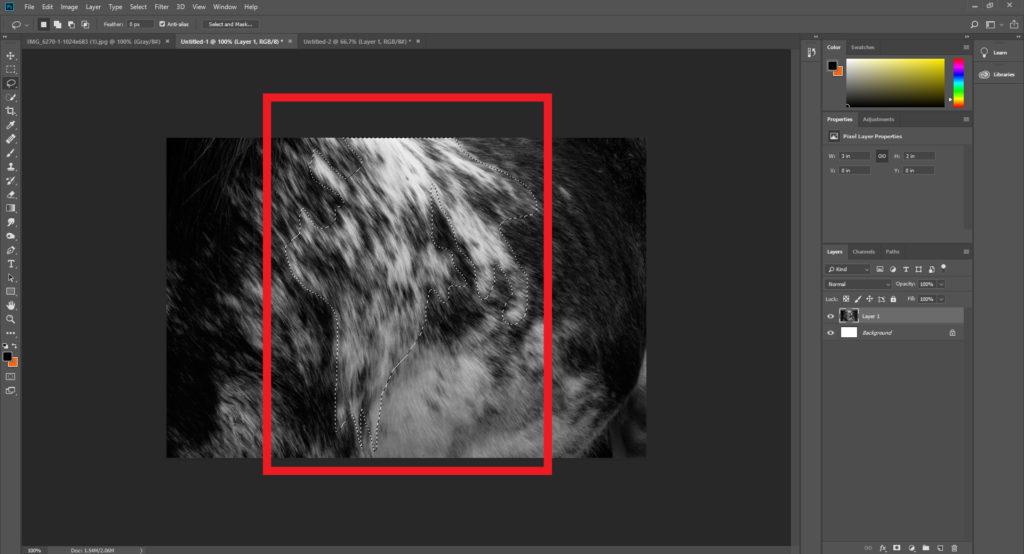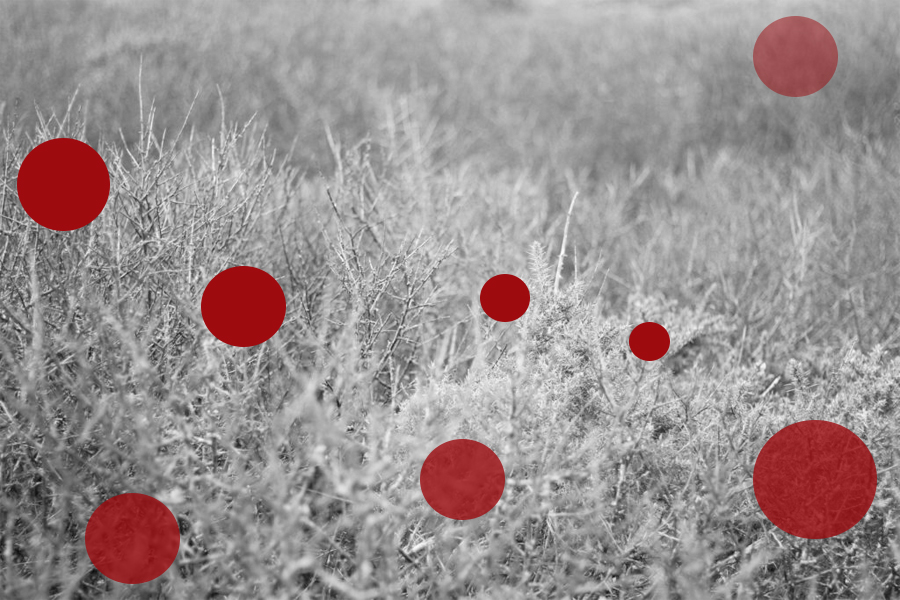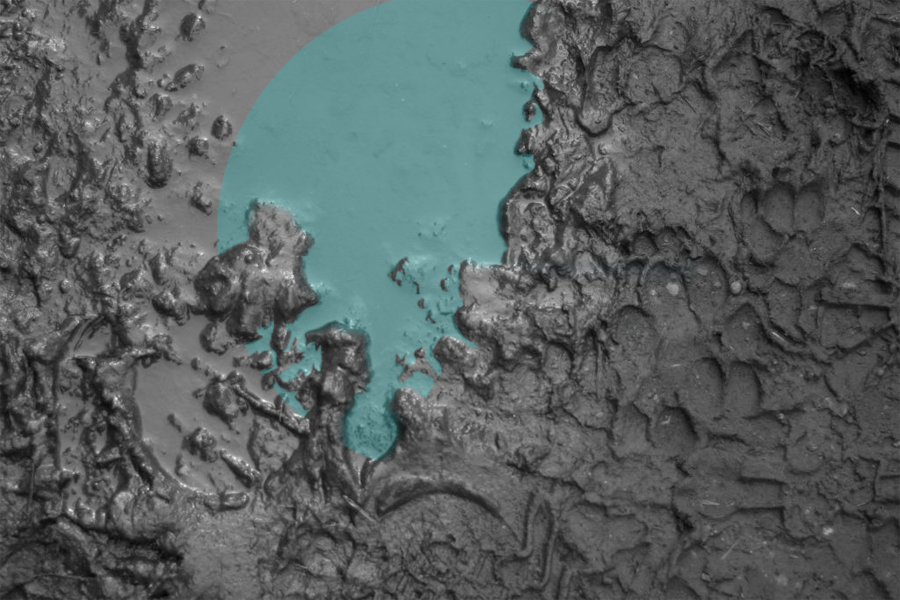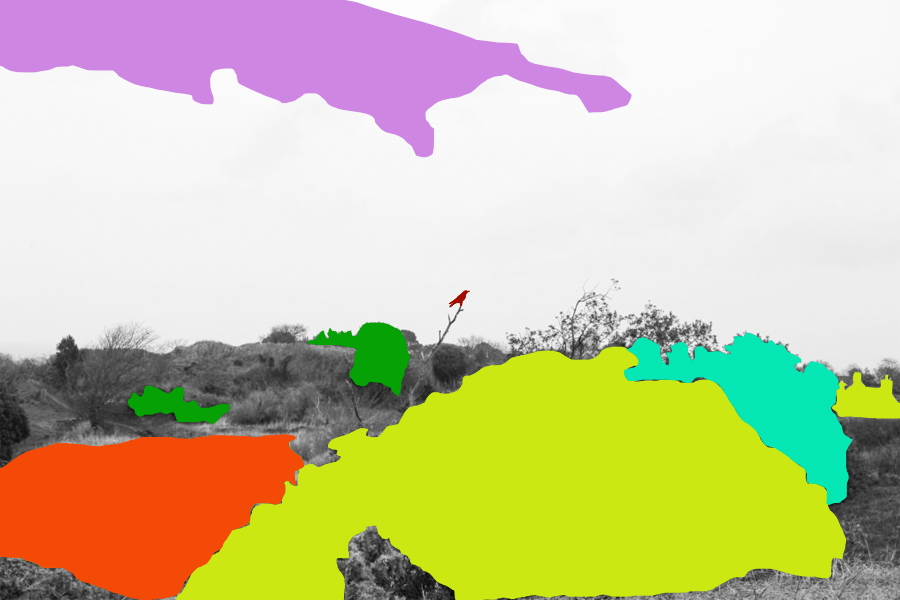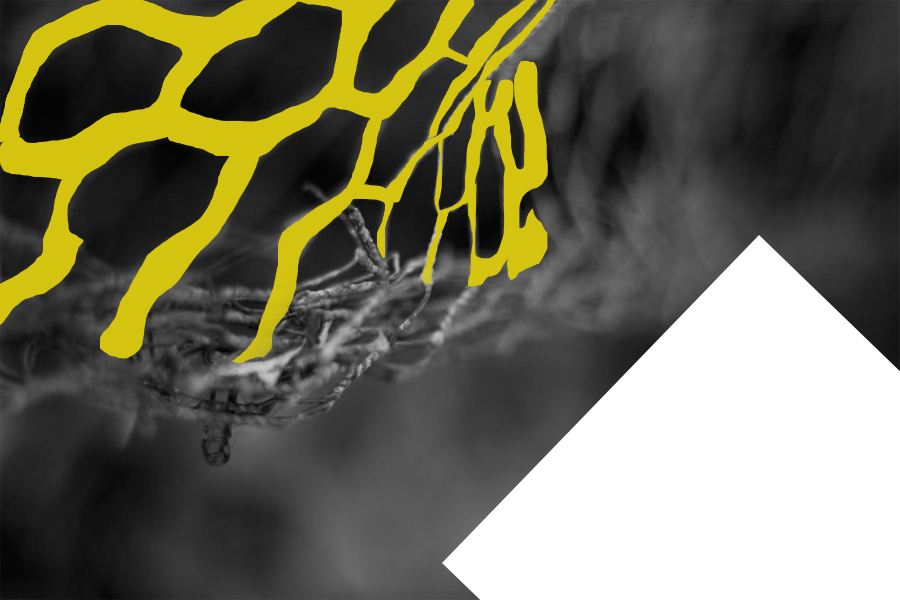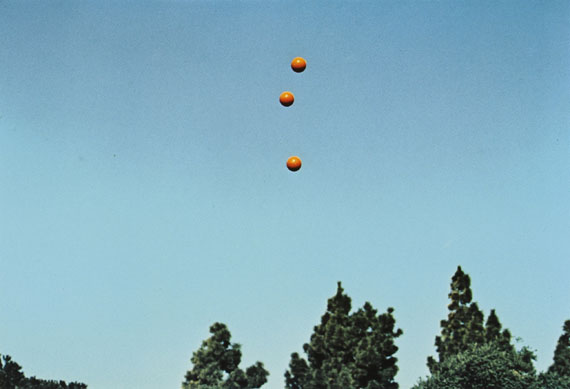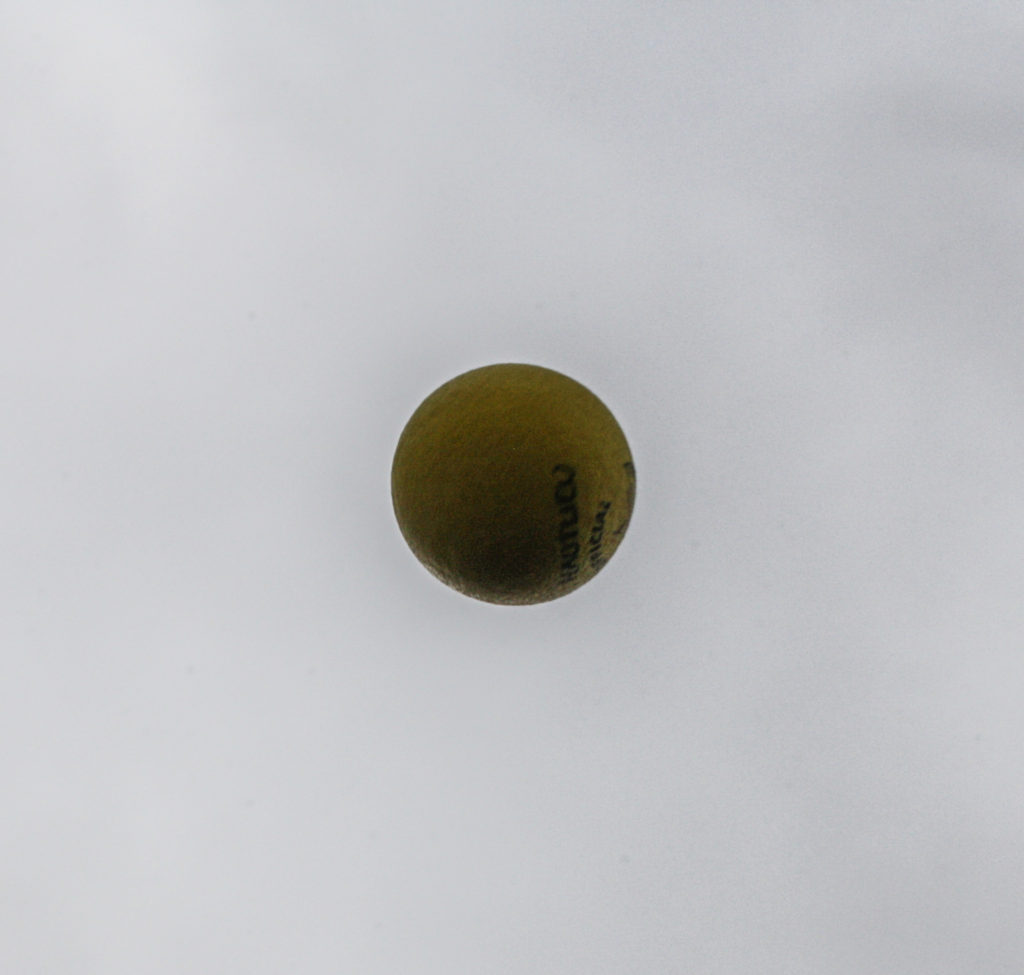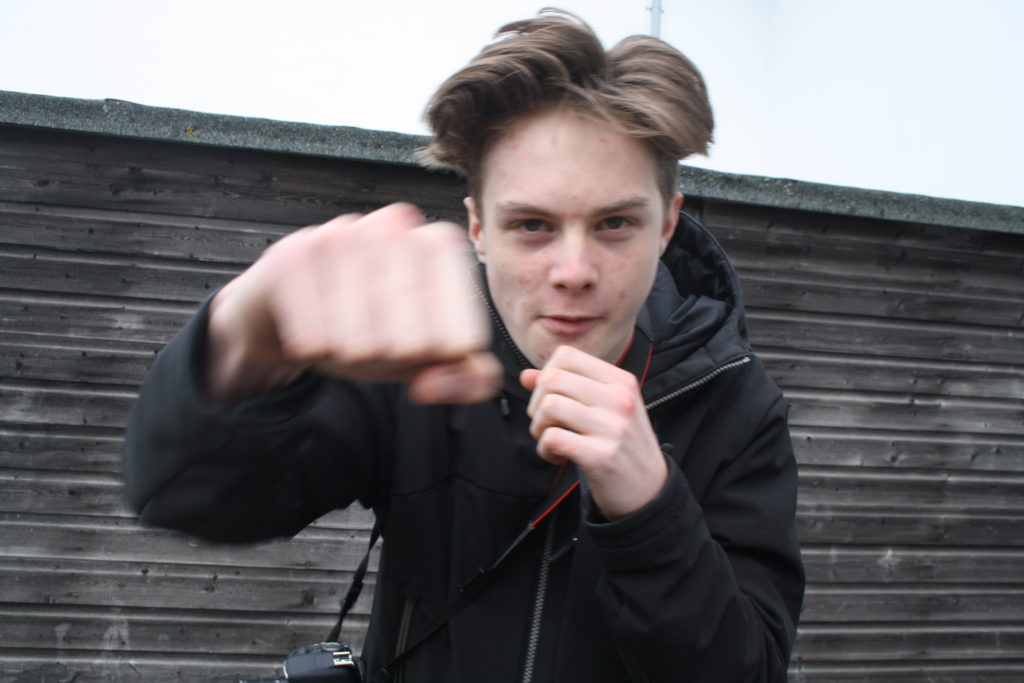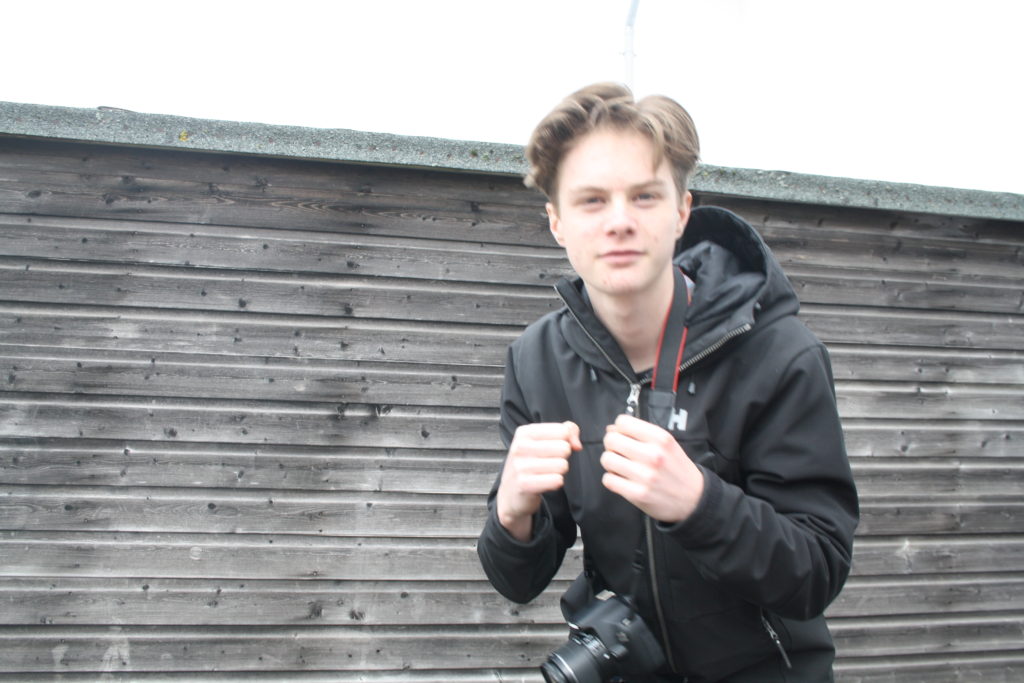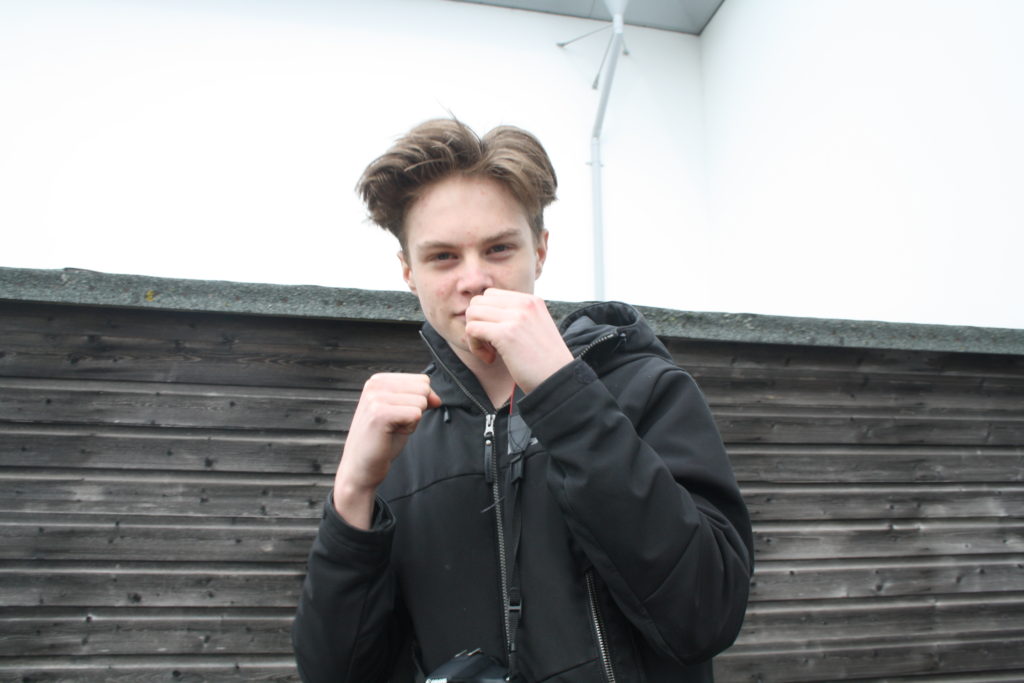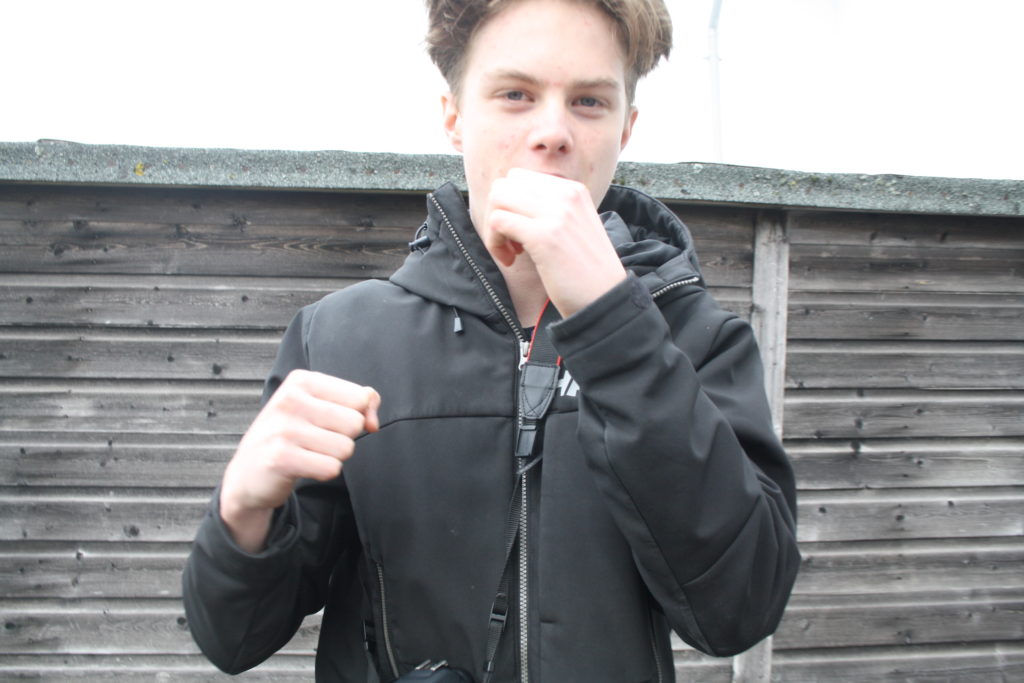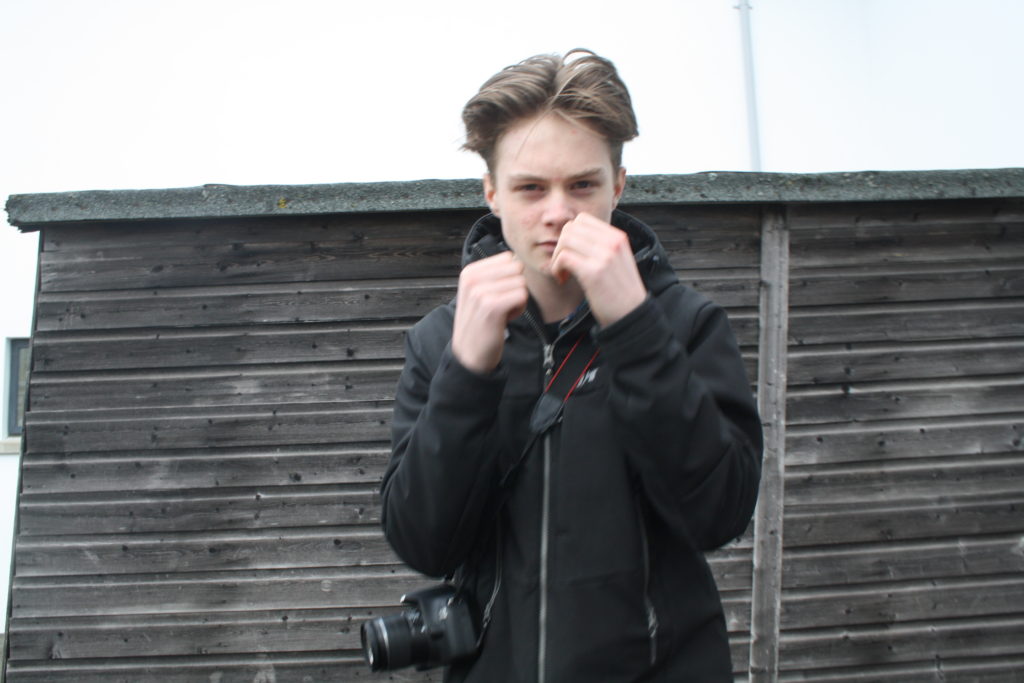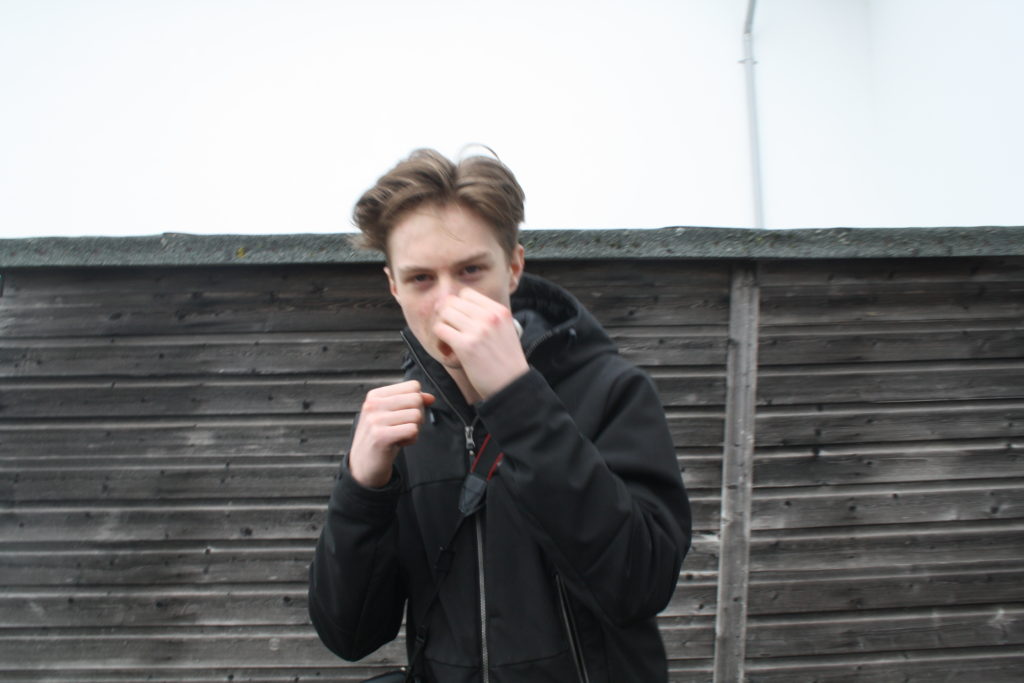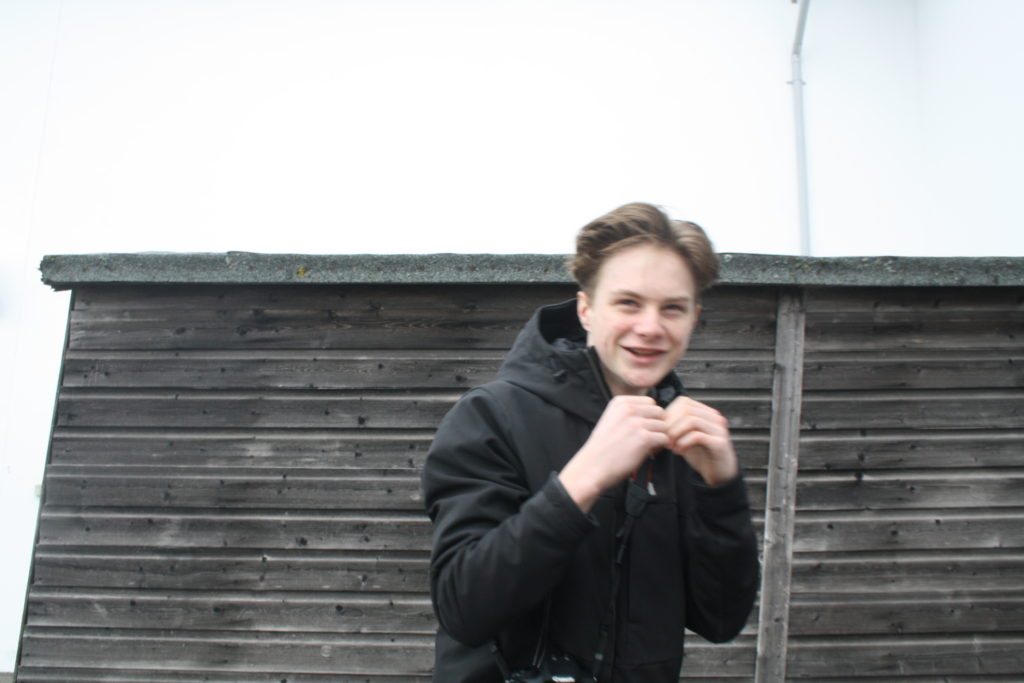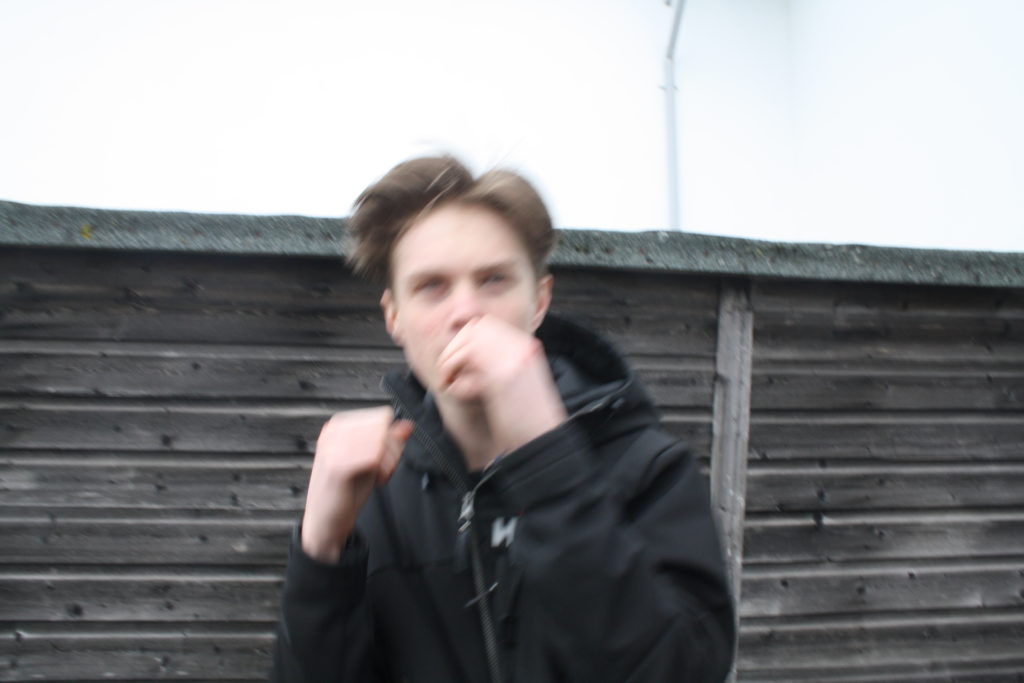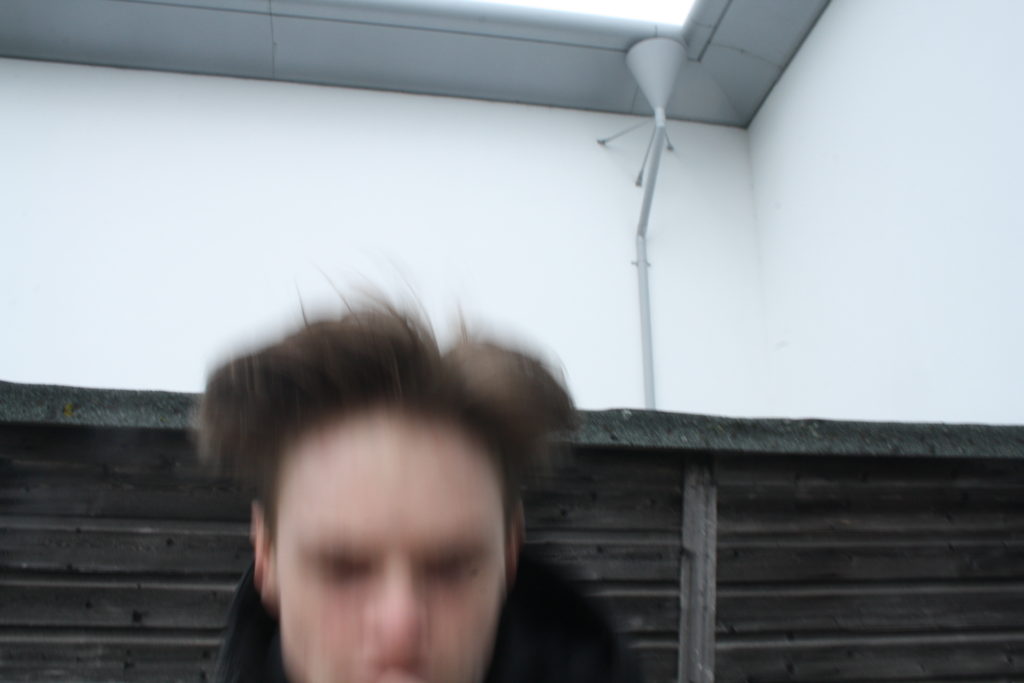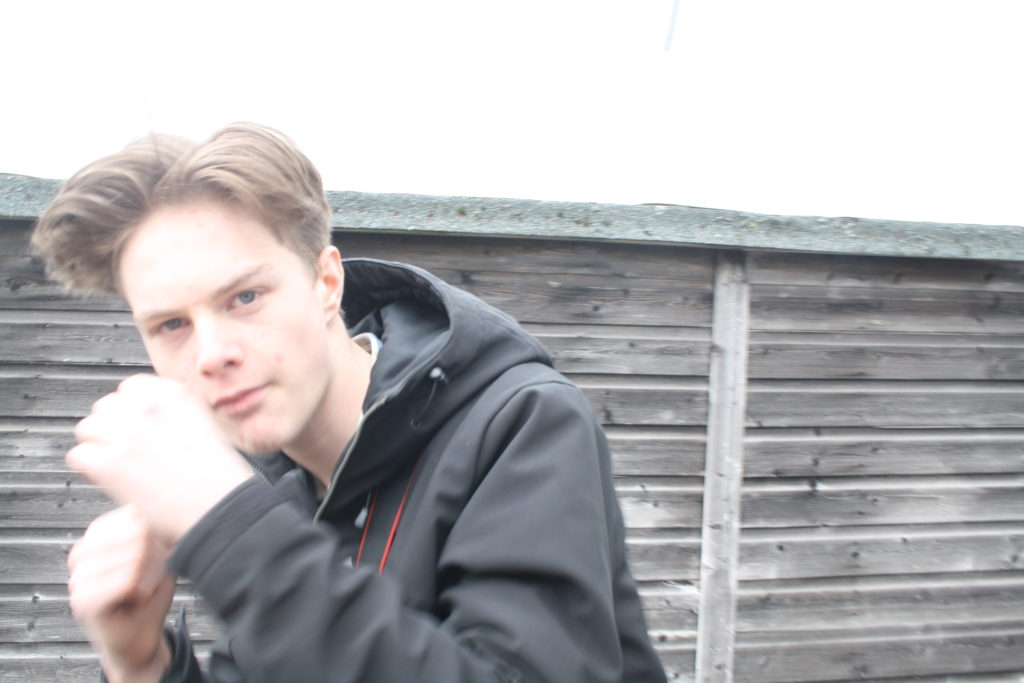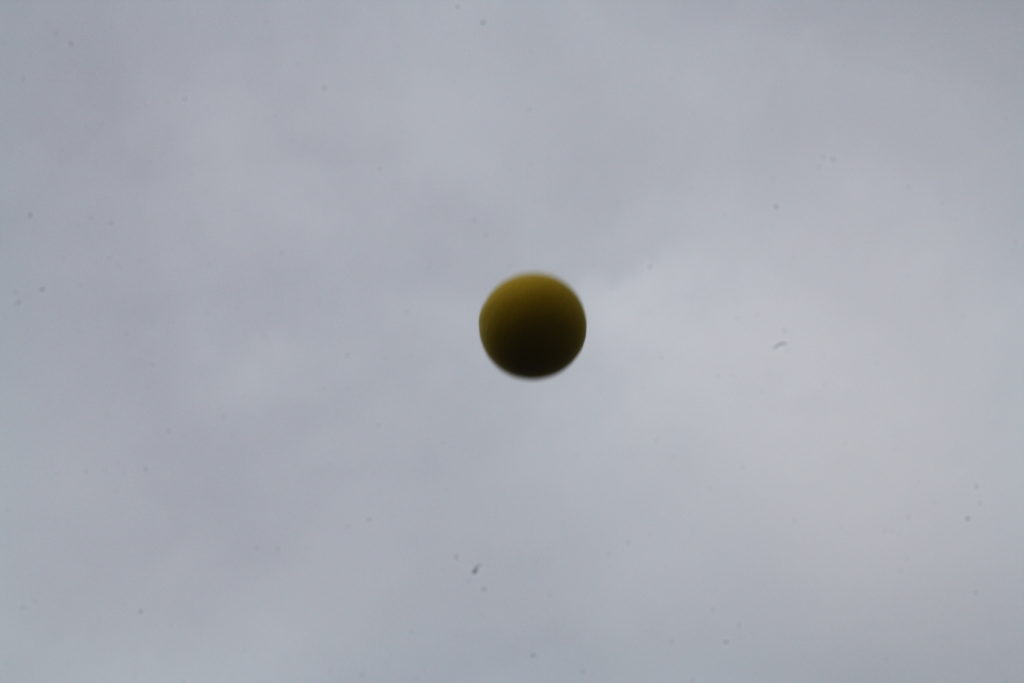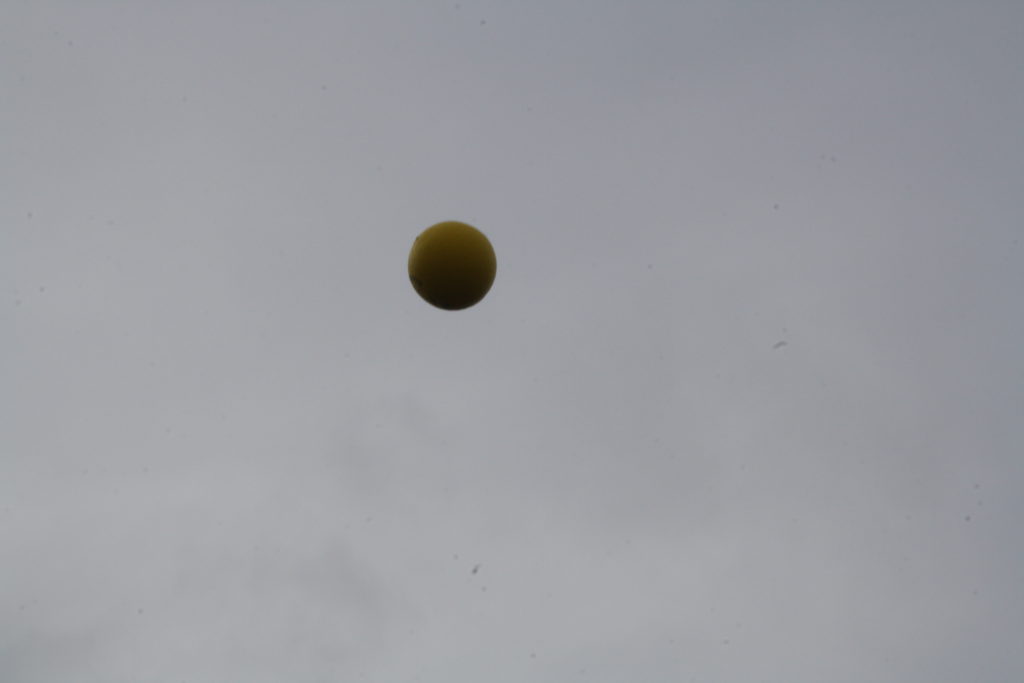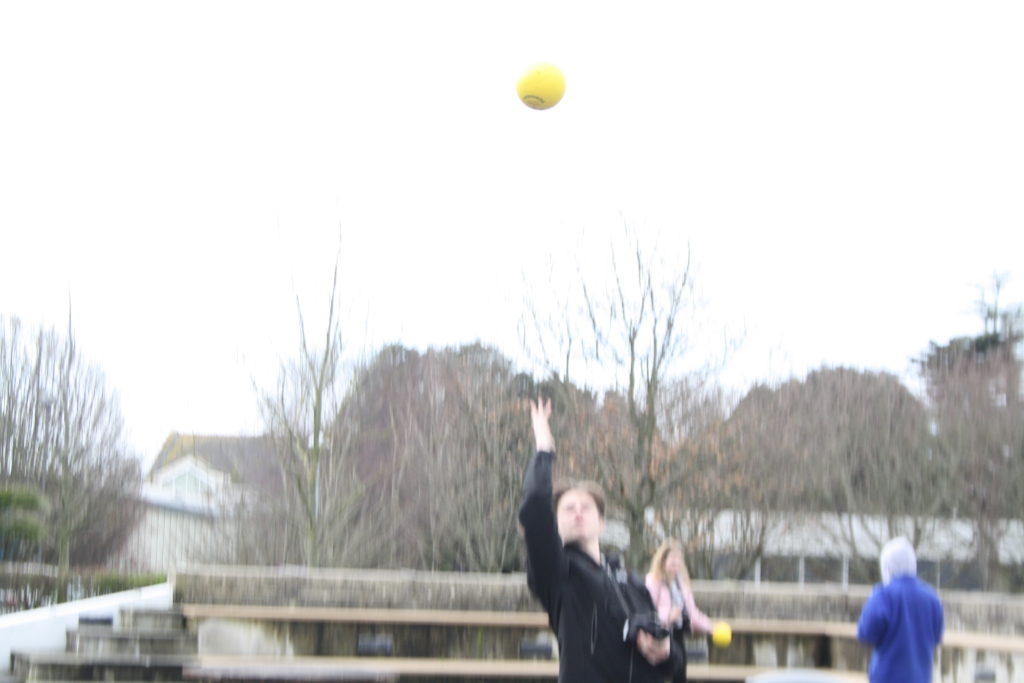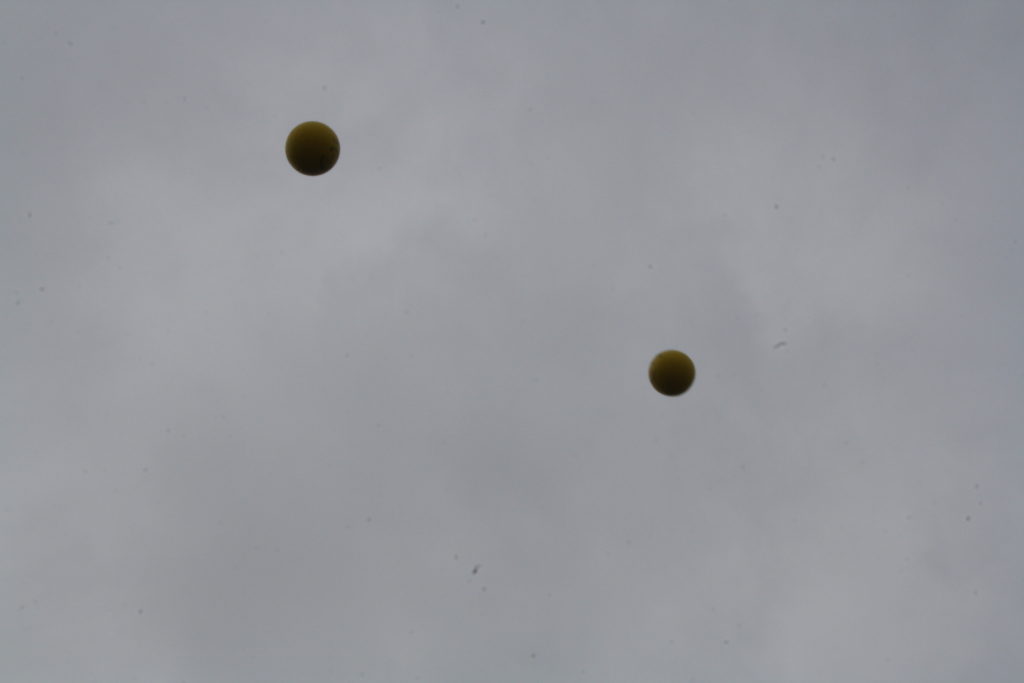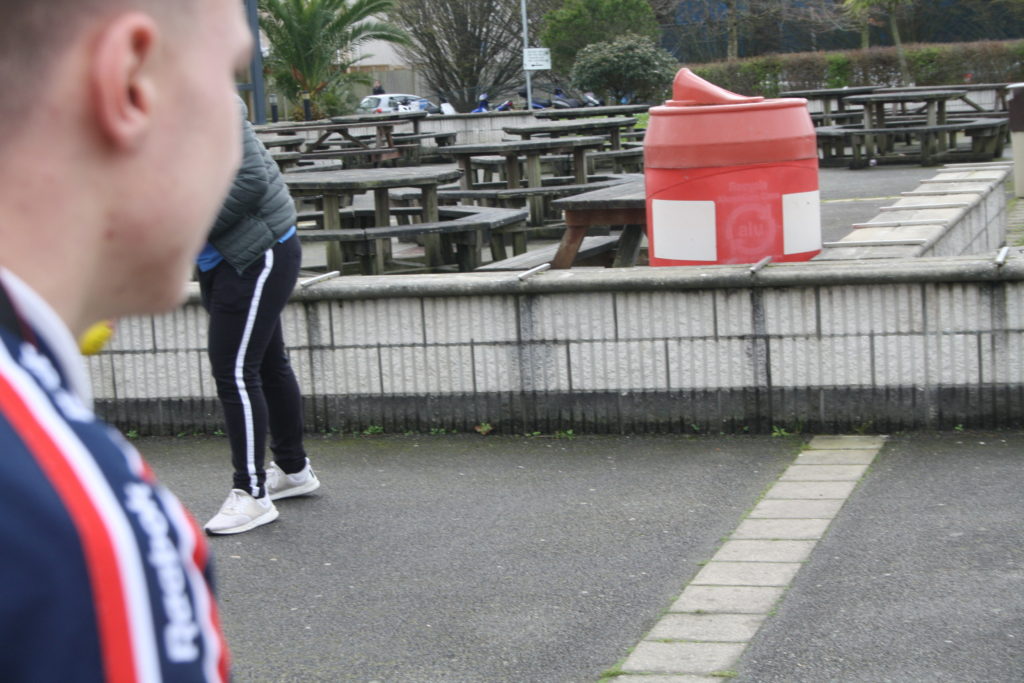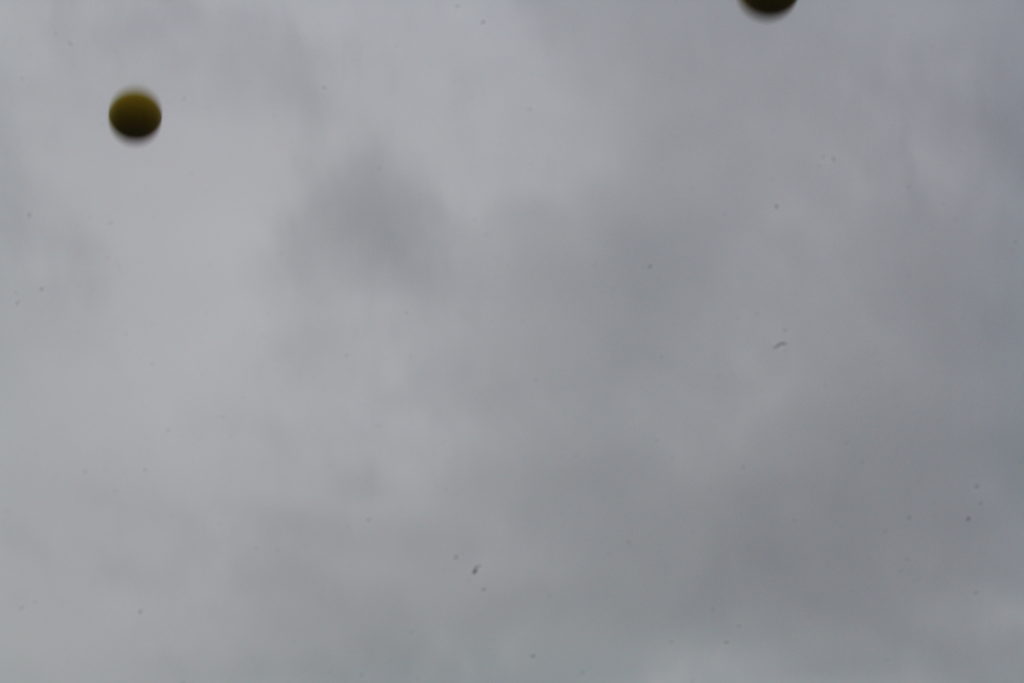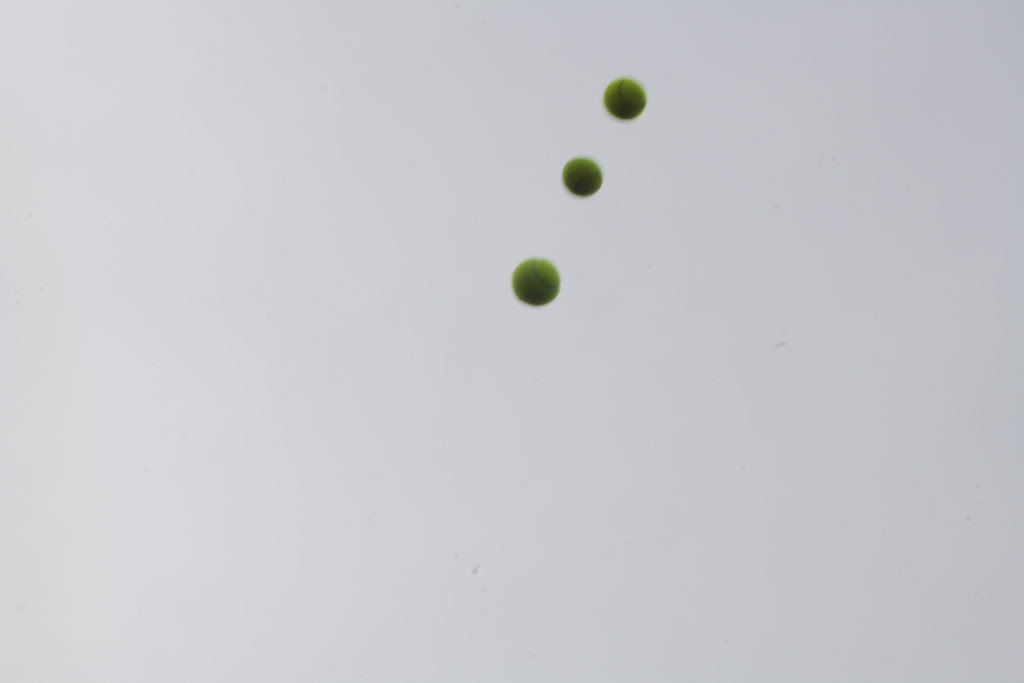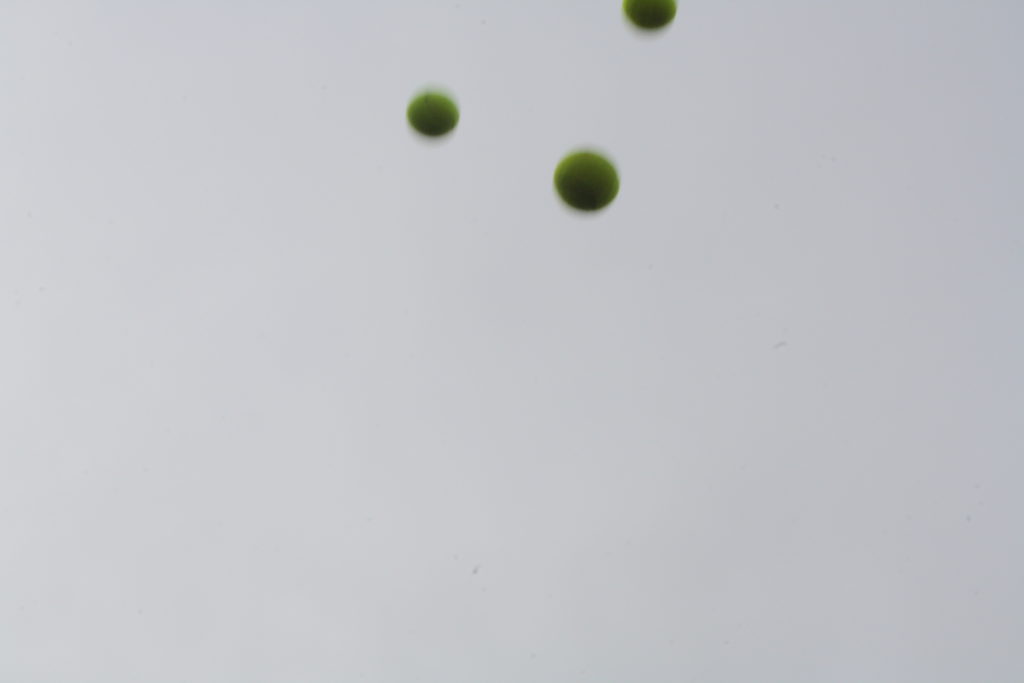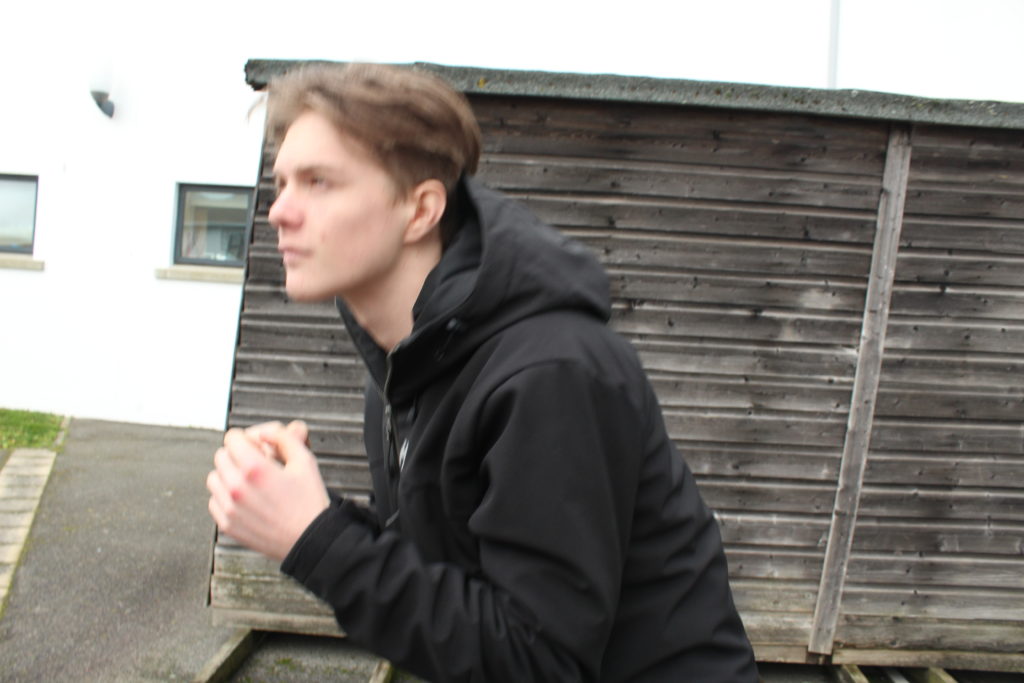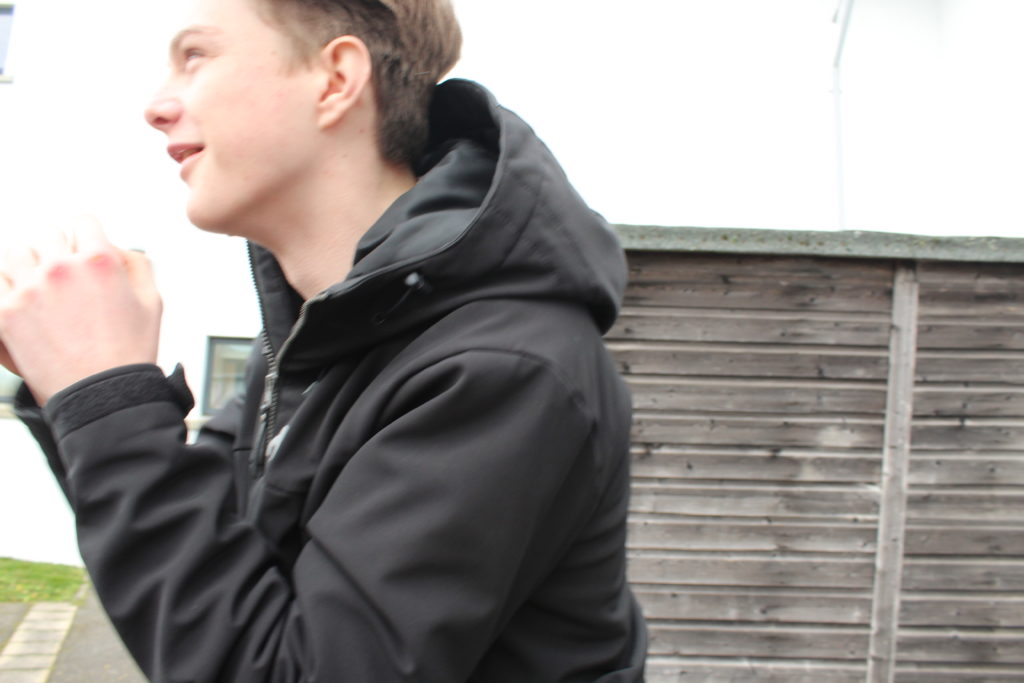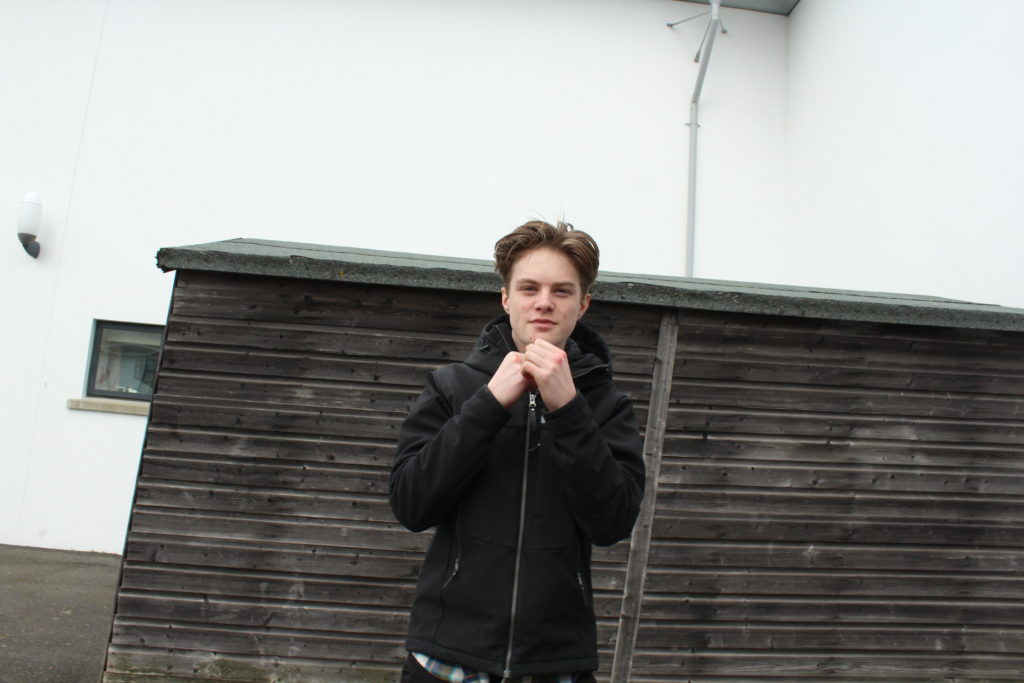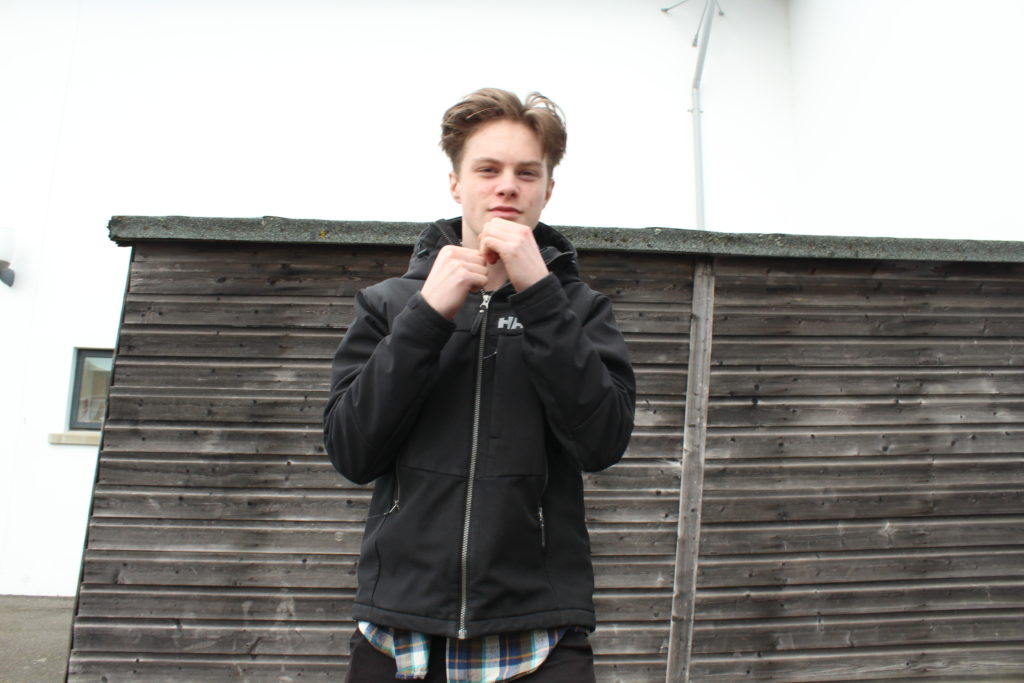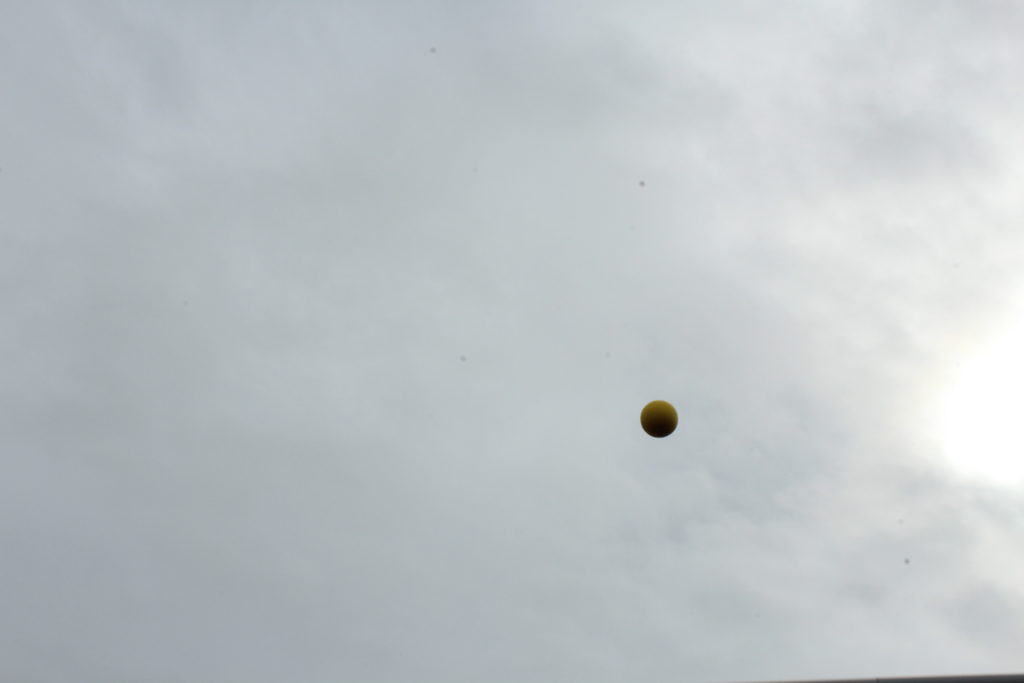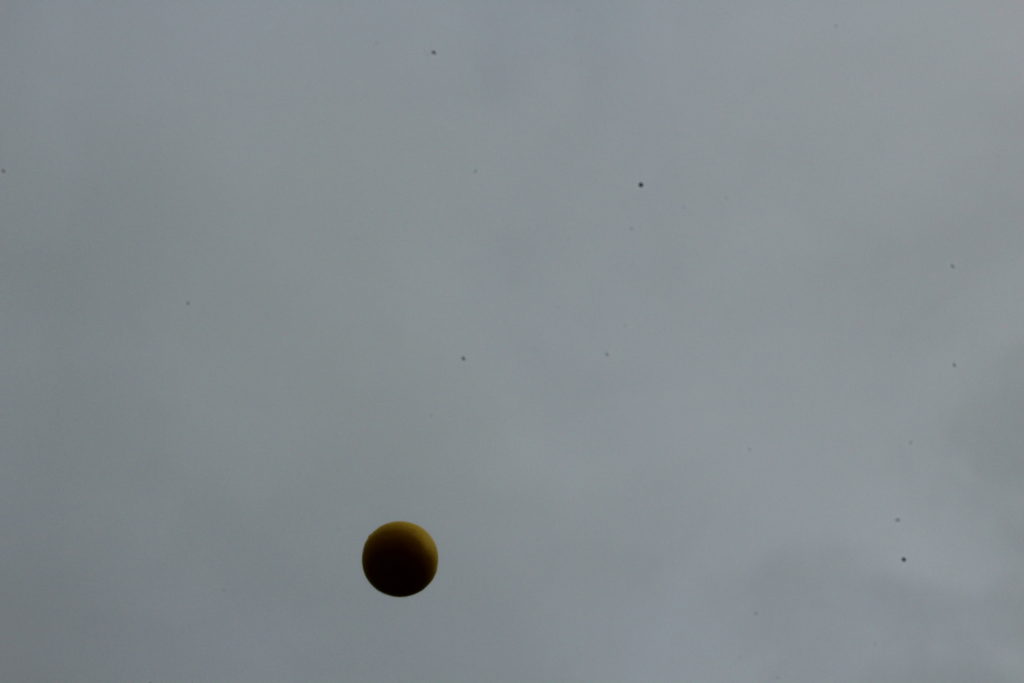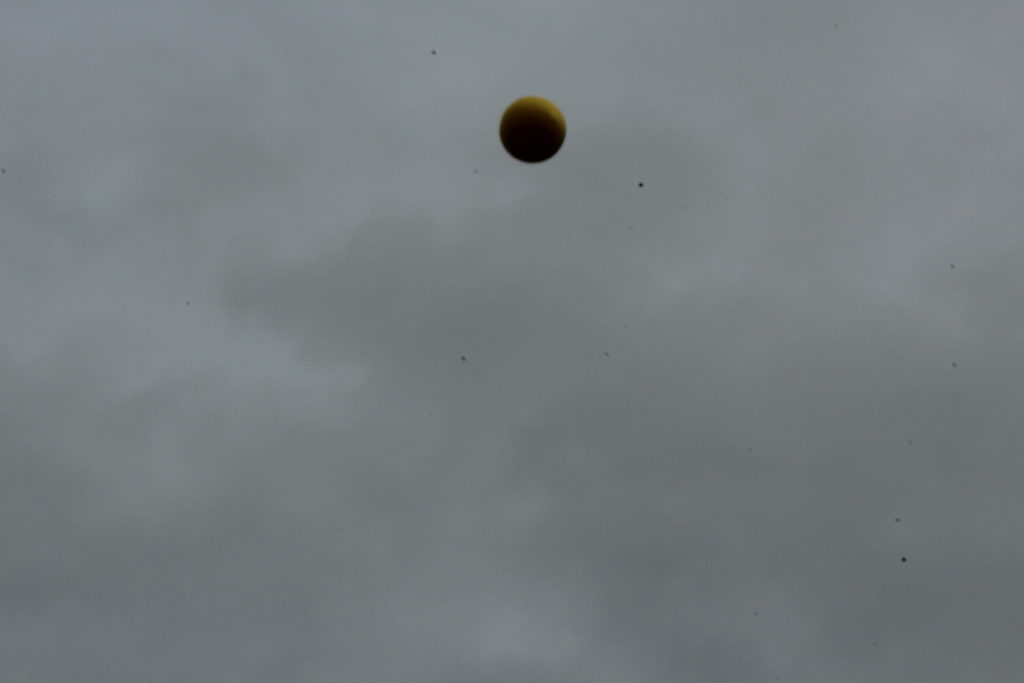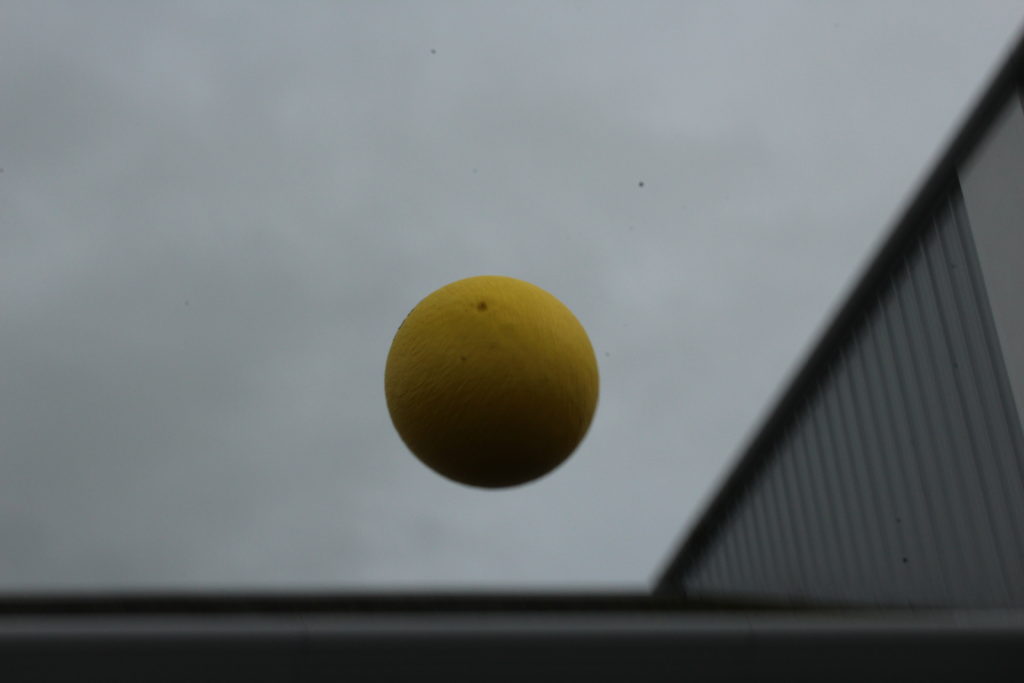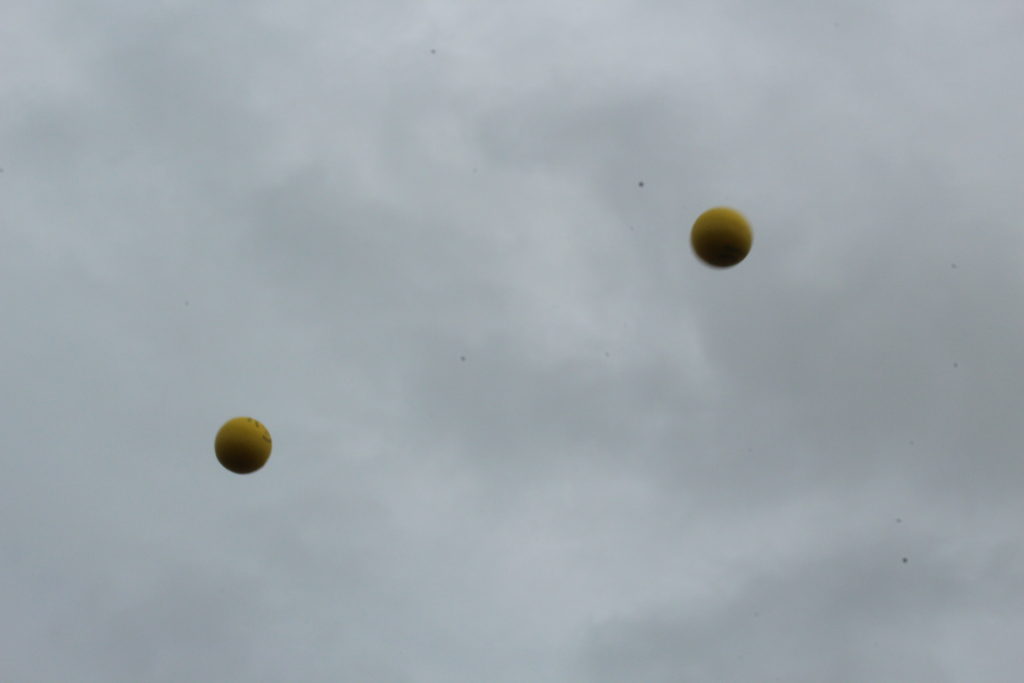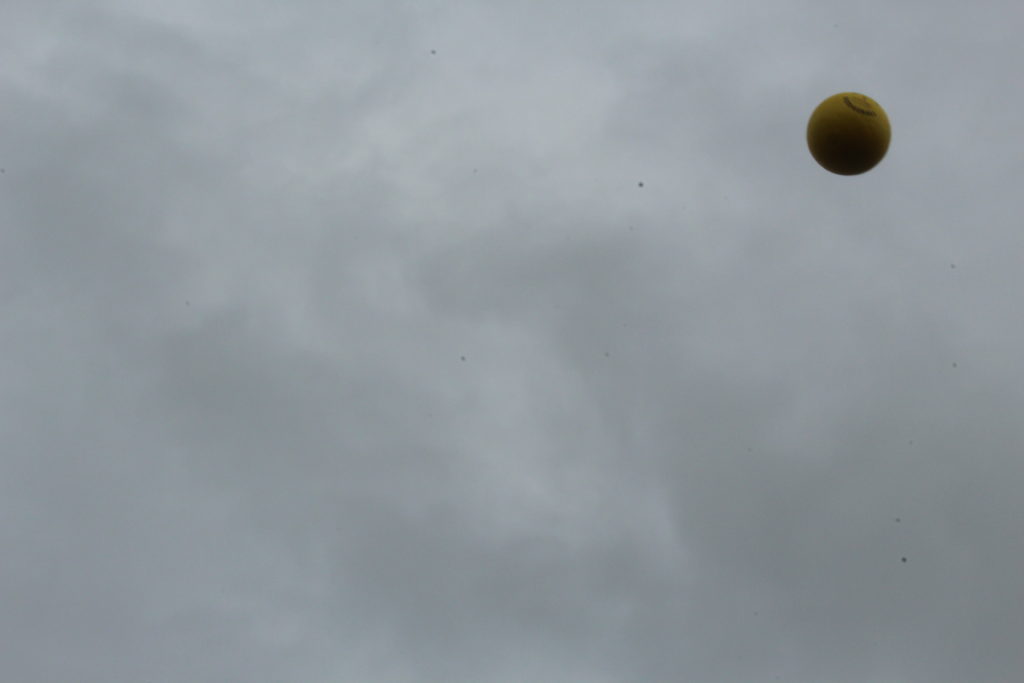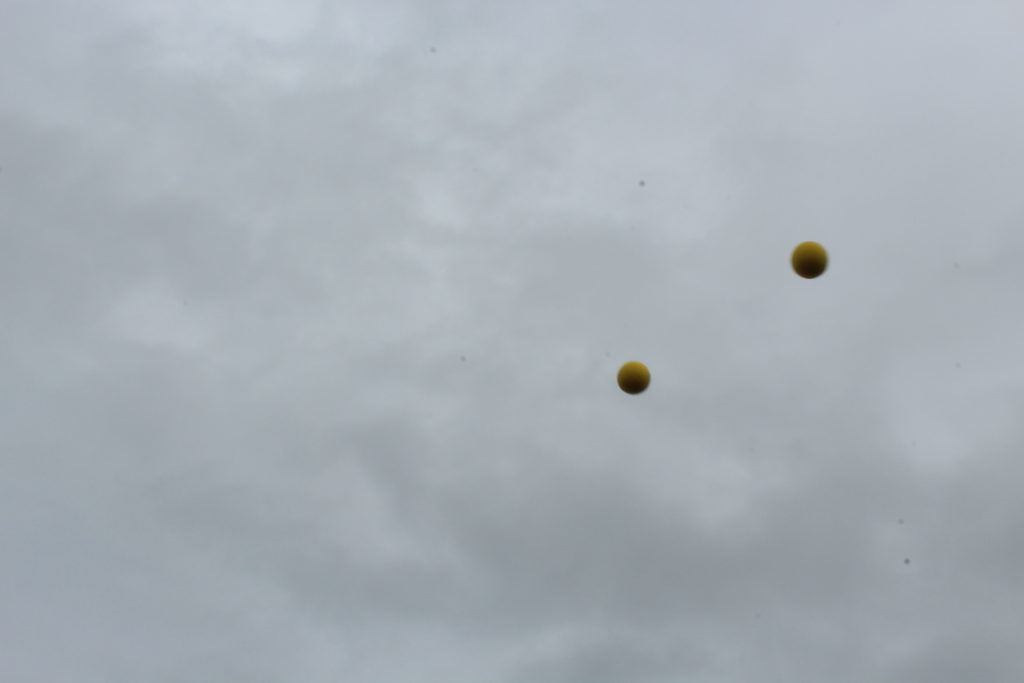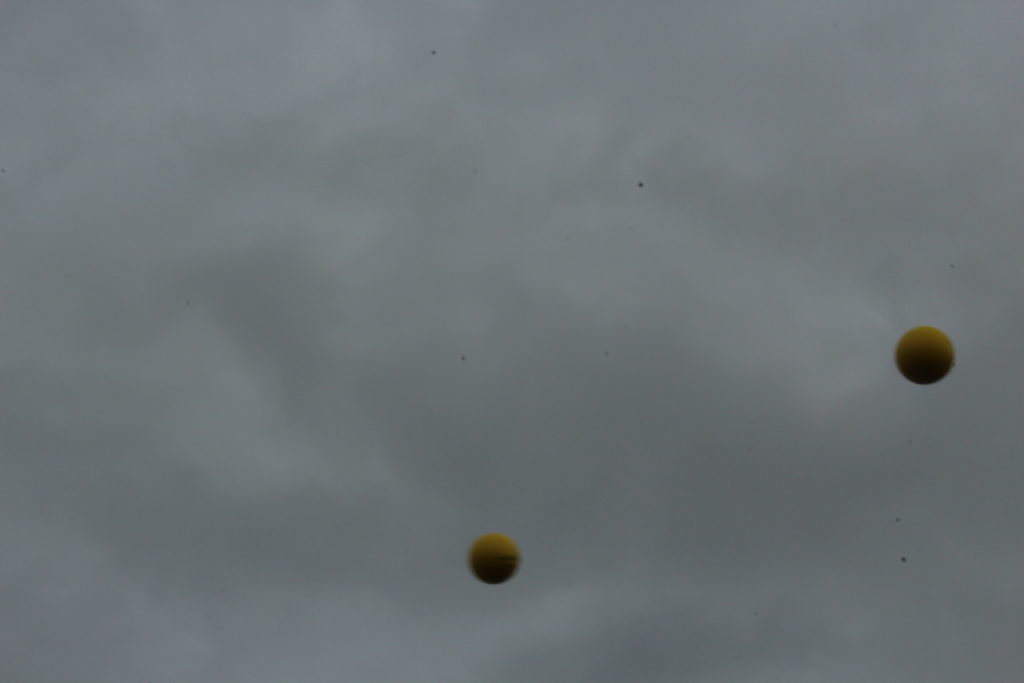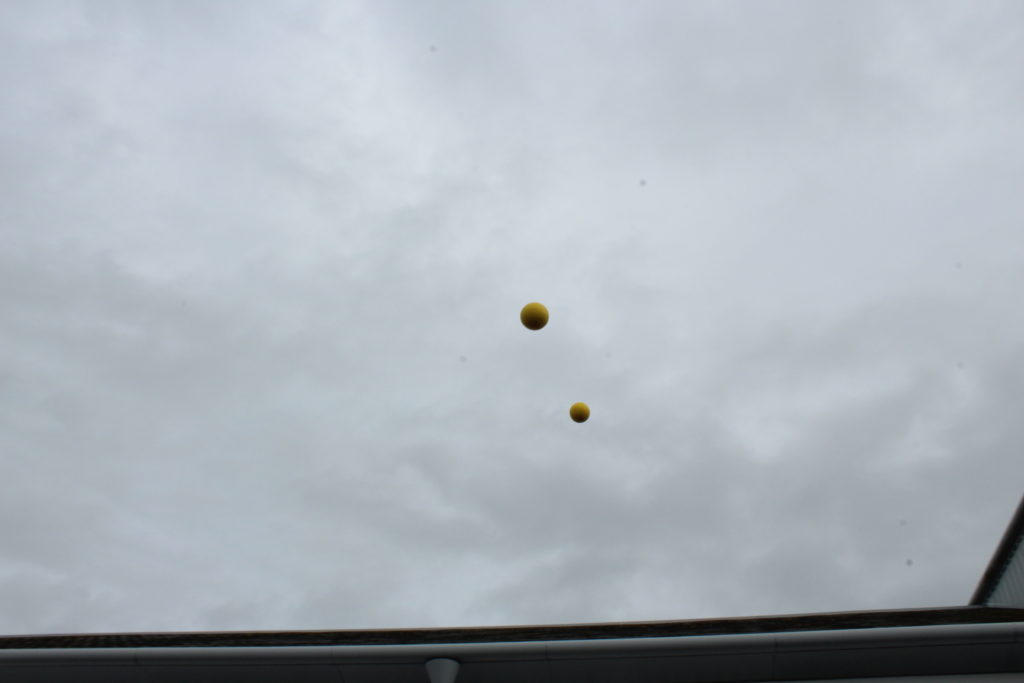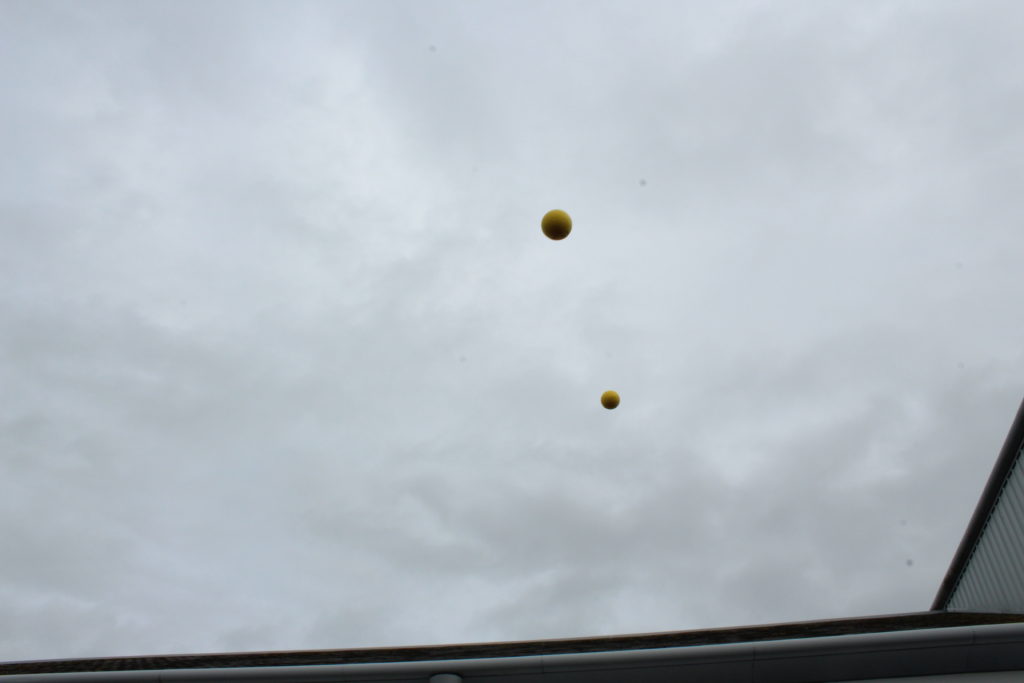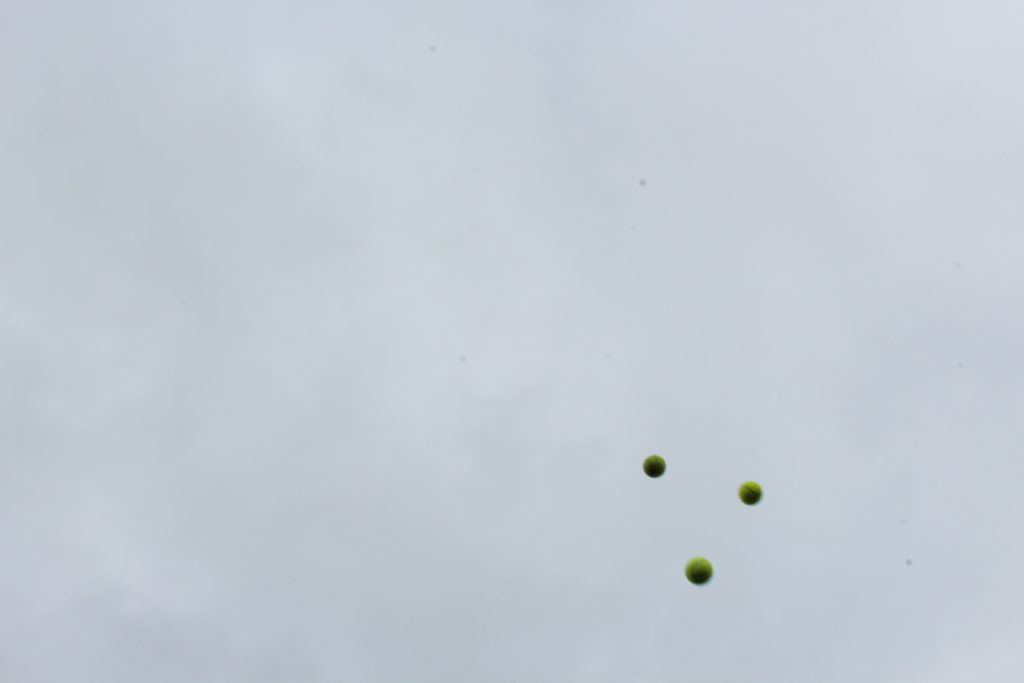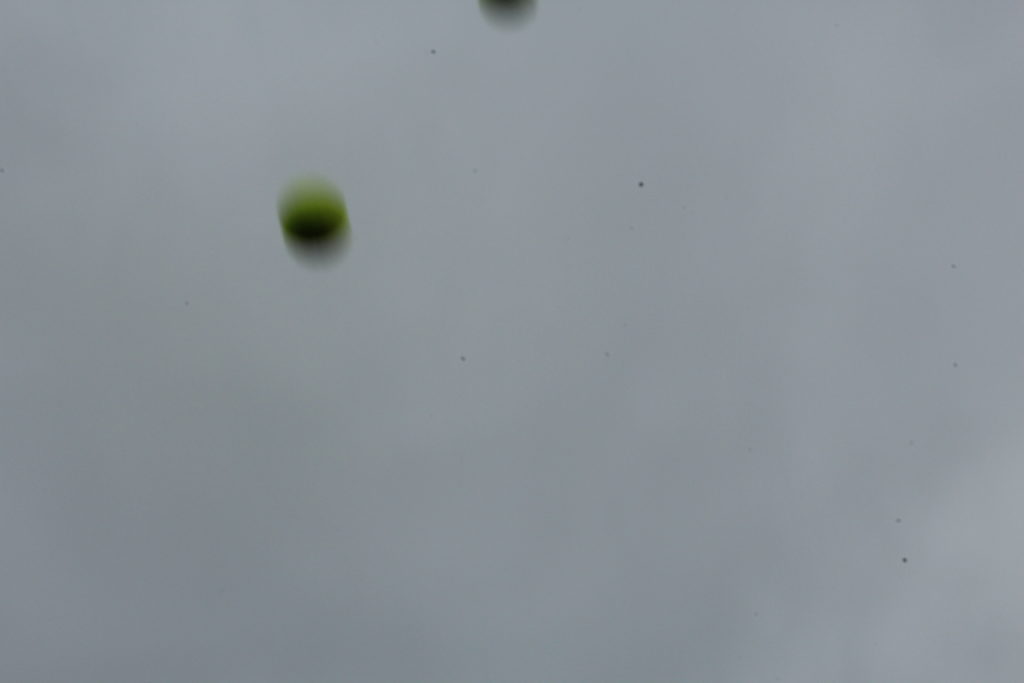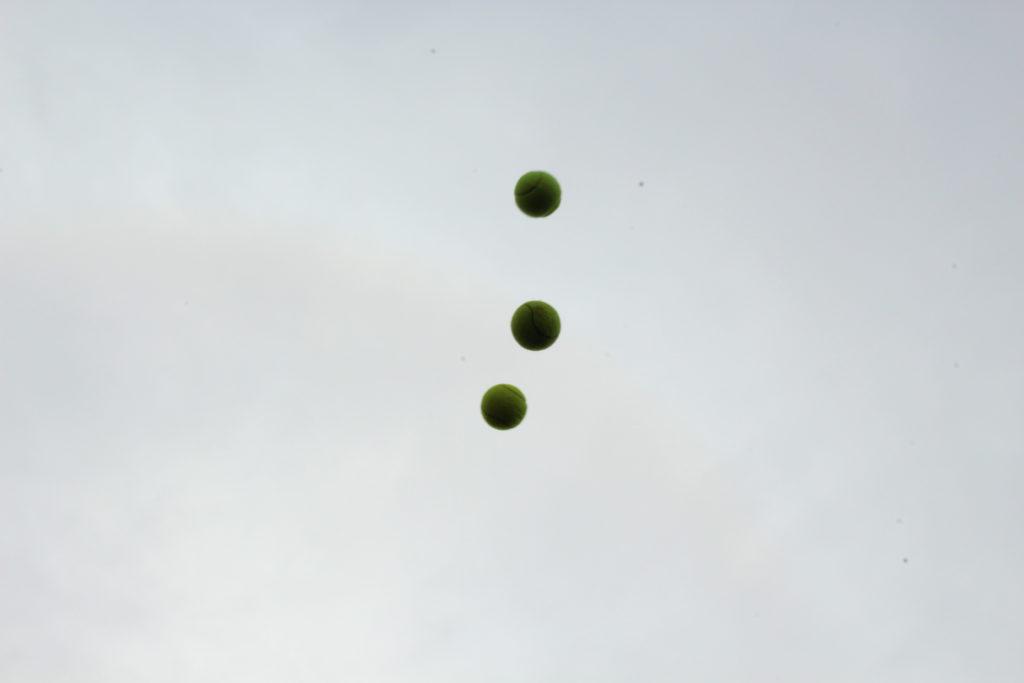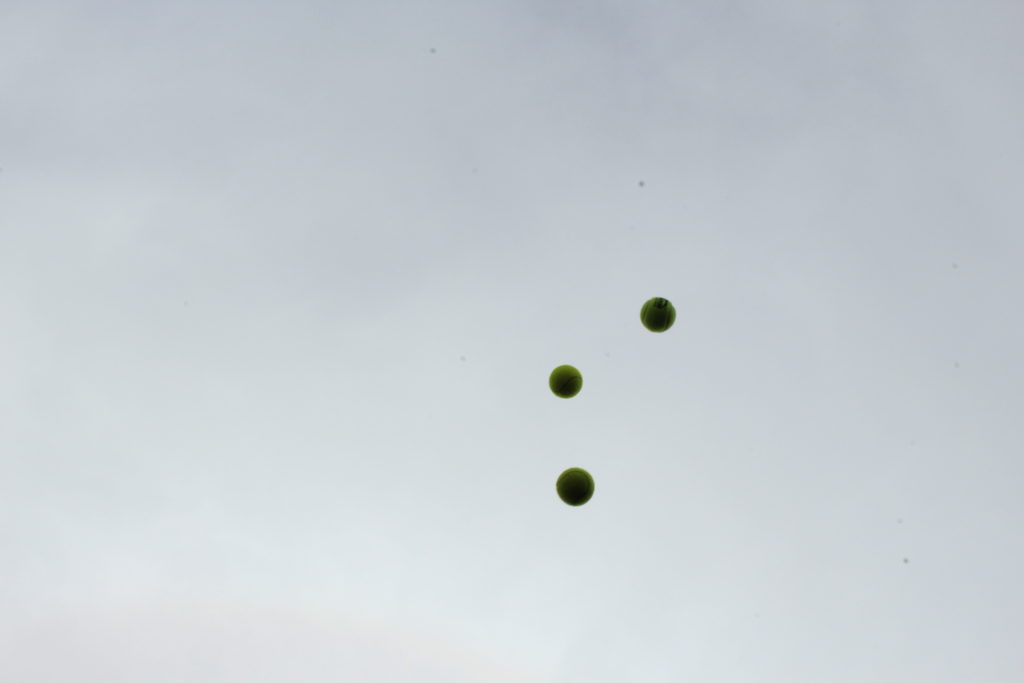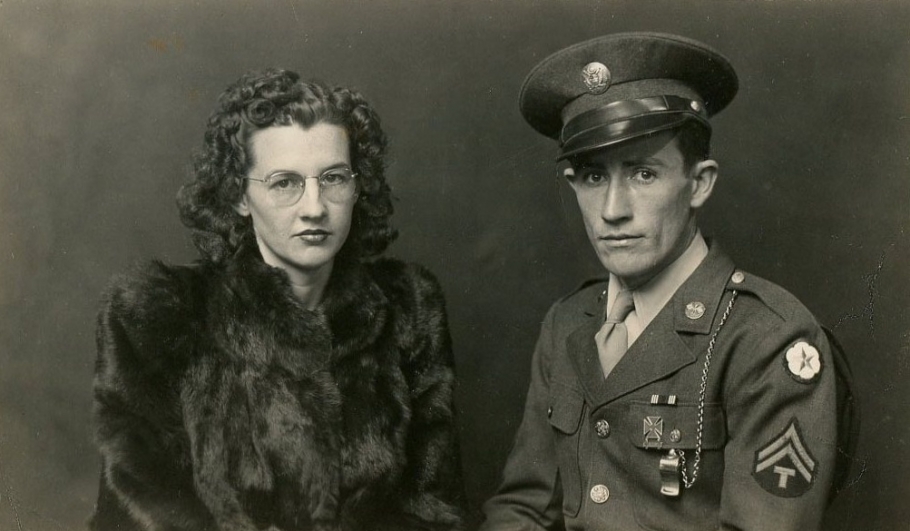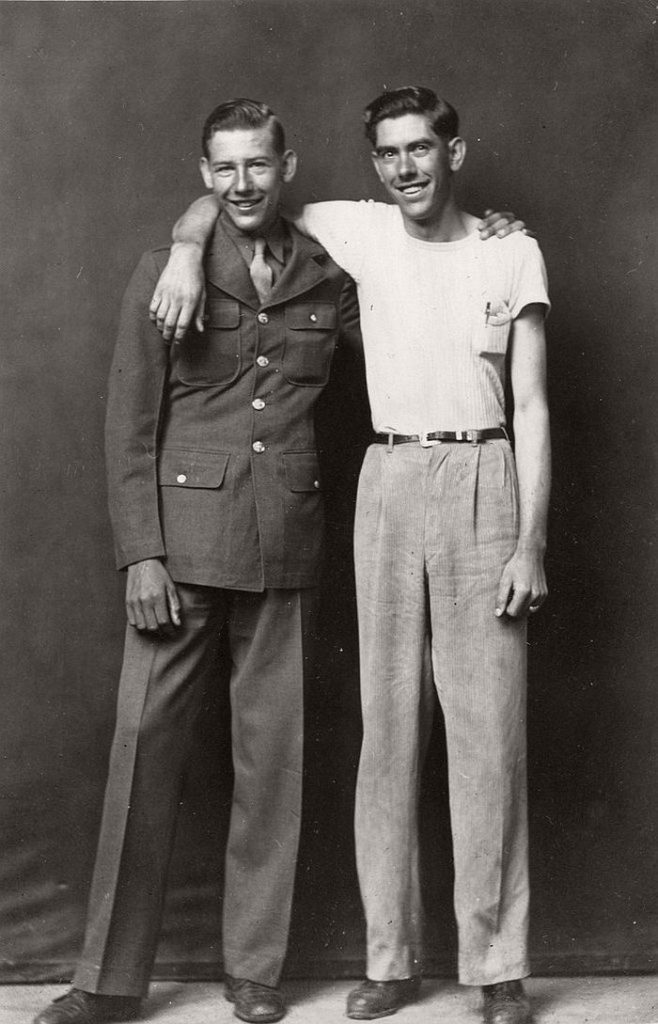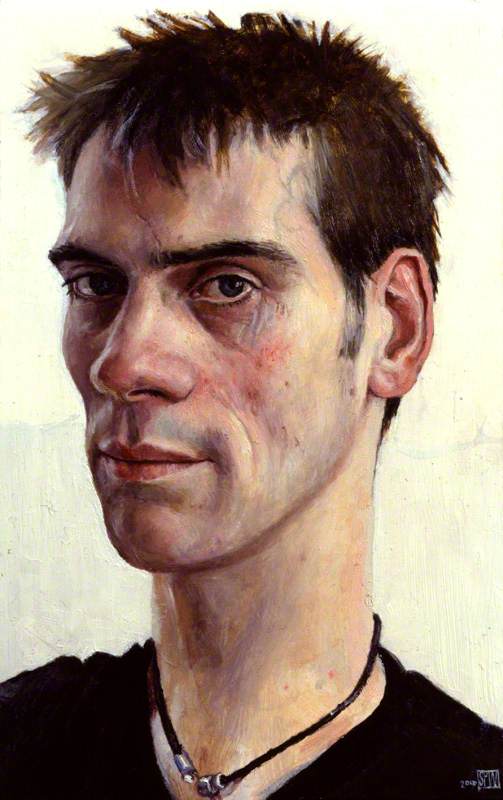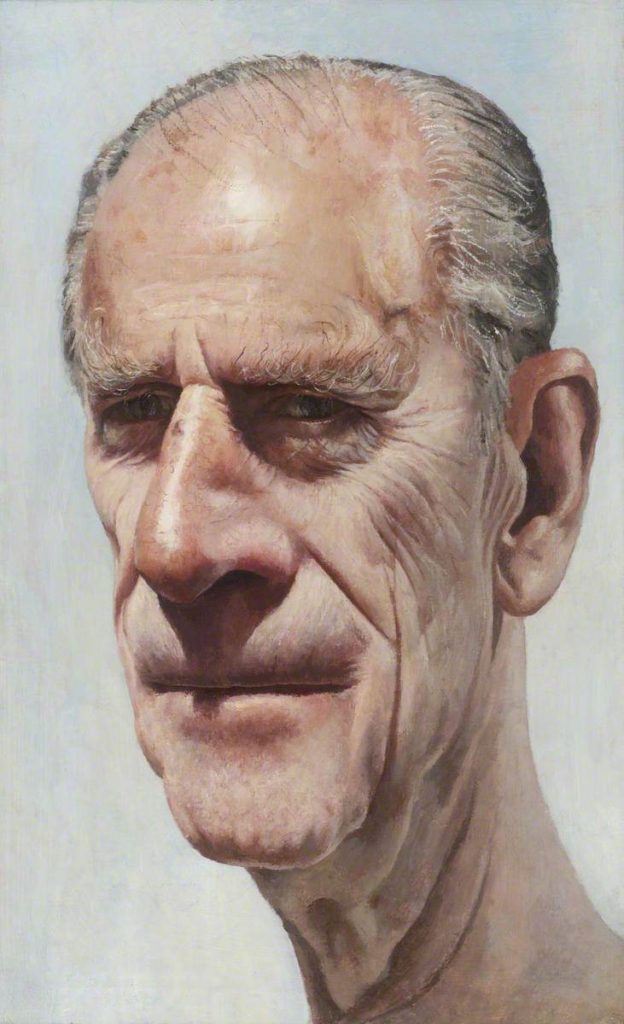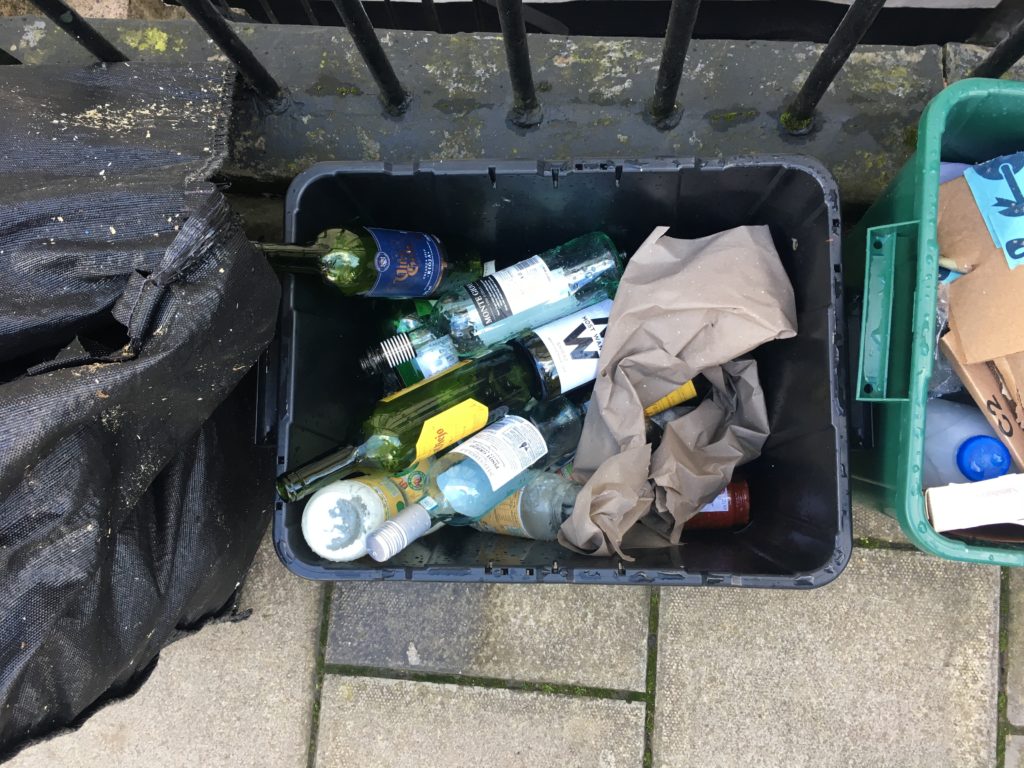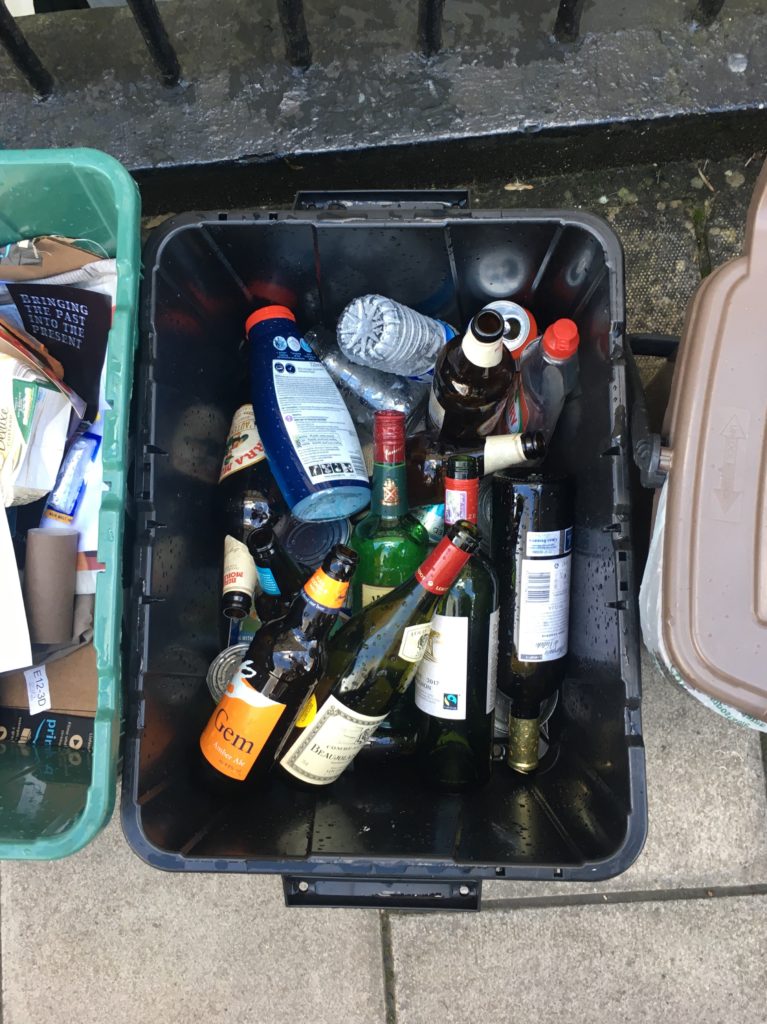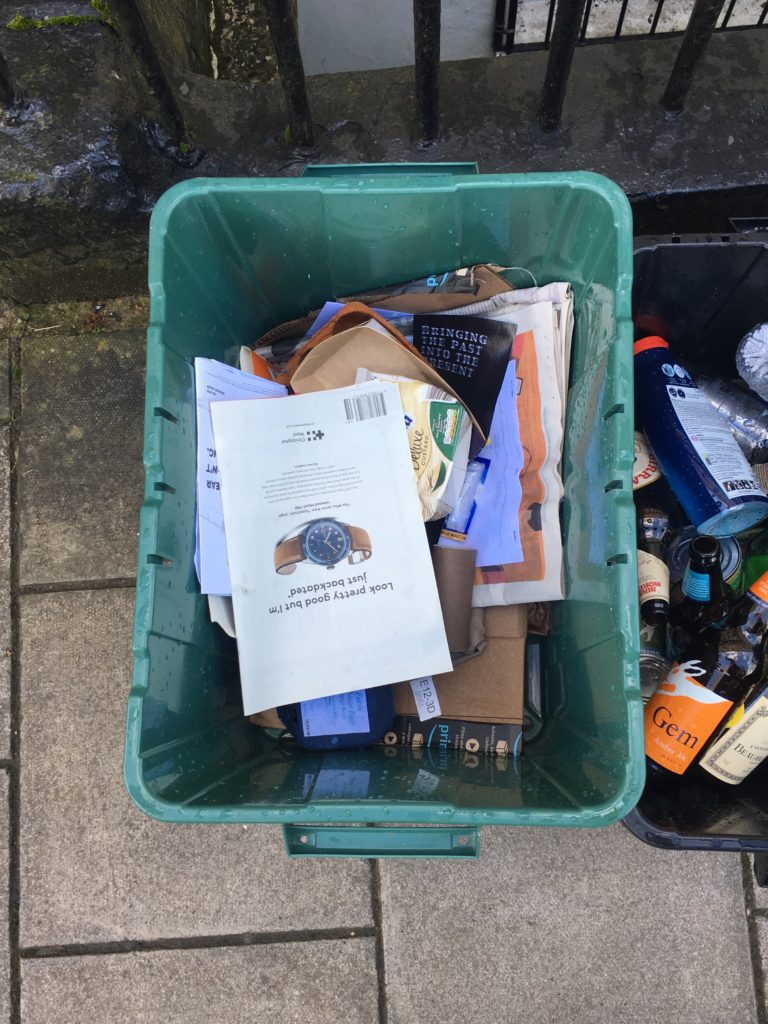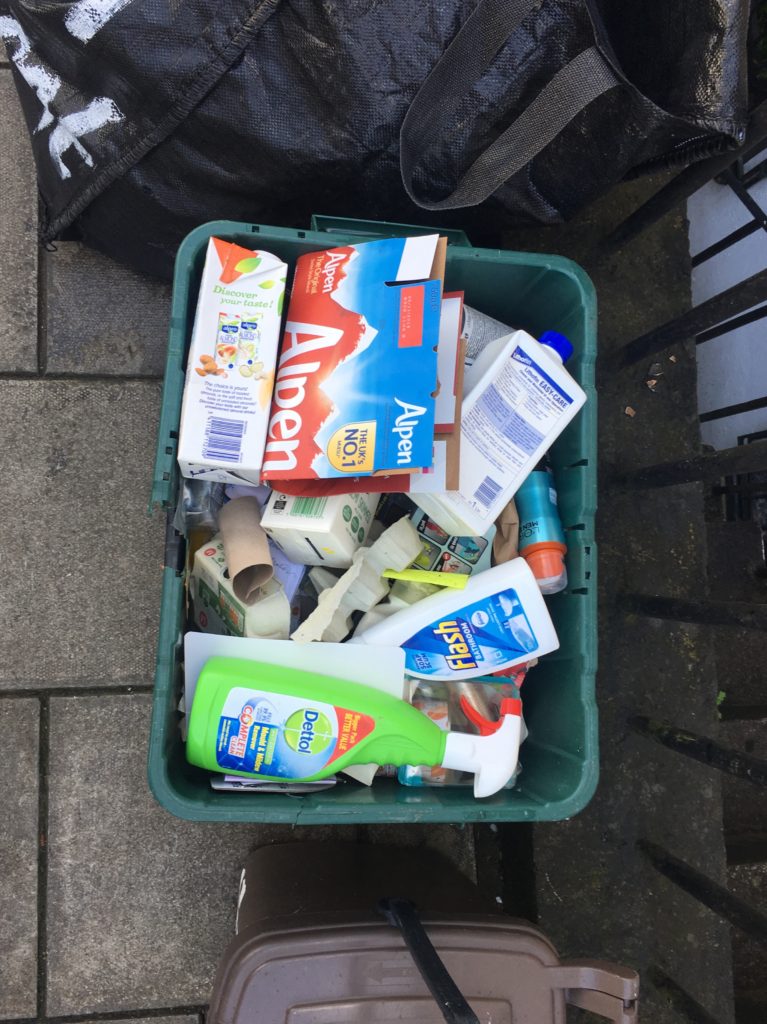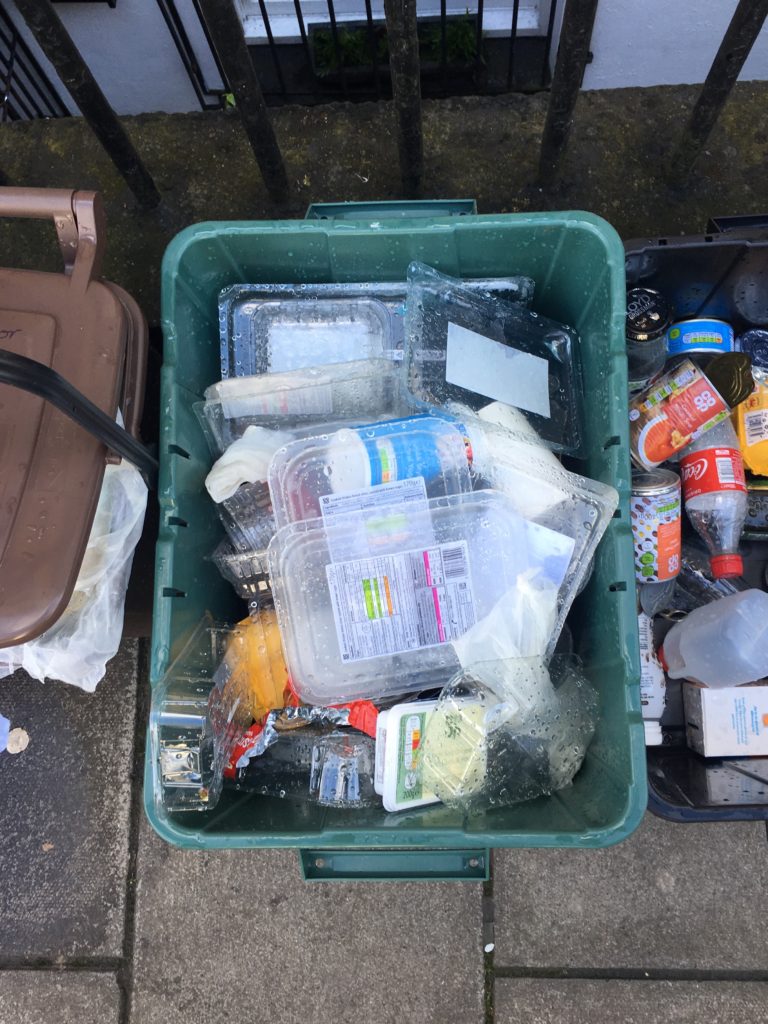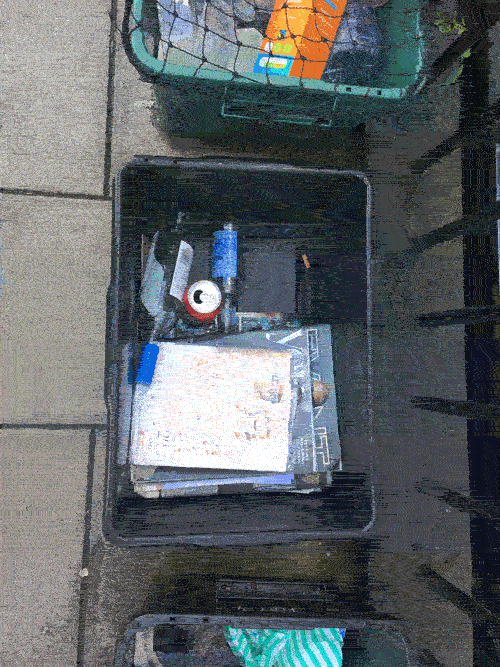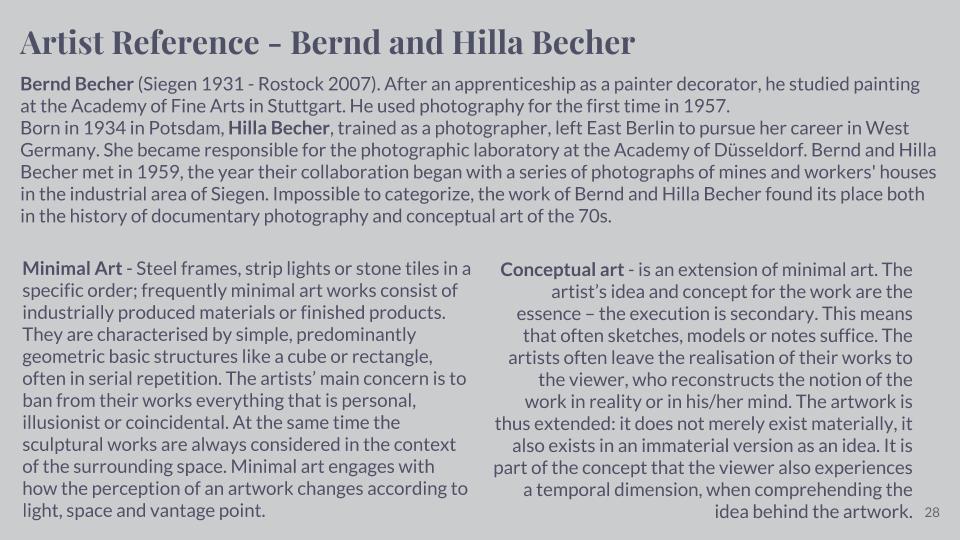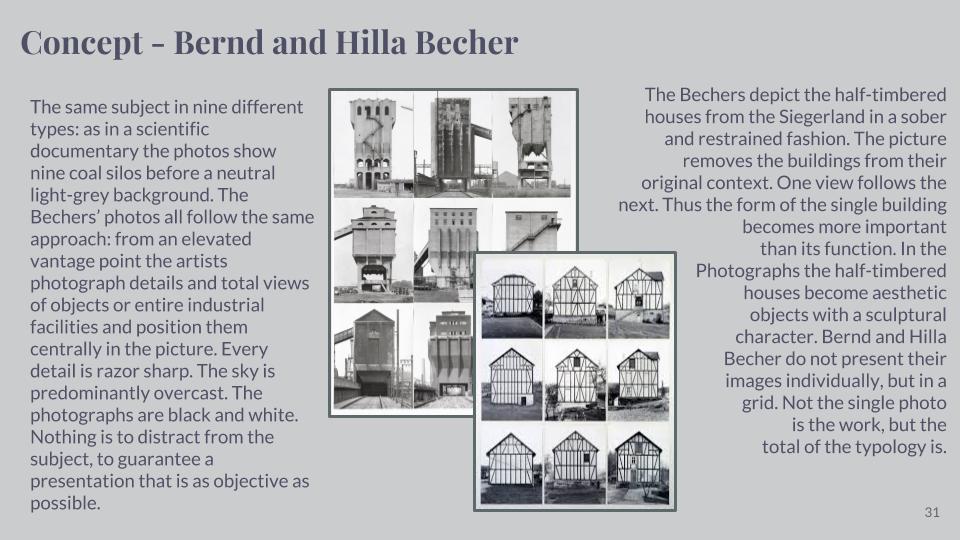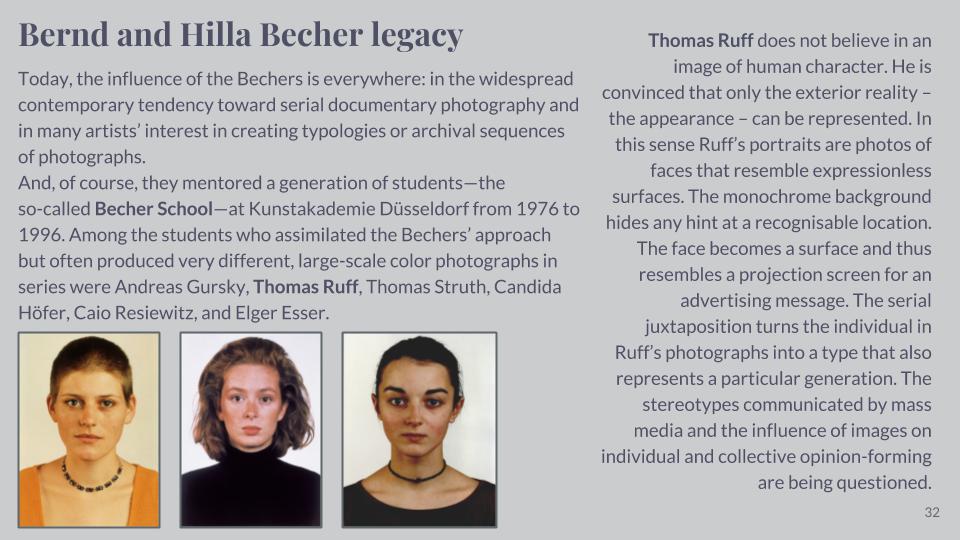Jean-Baptiste Gustave Le Gray was a French photographer who lived 1820 – 1884. He has been called “the most important French photographer of the nineteenth century” because of his technical innovations, his instruction of other noted photographers, and “the extraordinary imagination he brought to picture making. His most well known images are seascapes, the first to ever have an exposure that was able to depict the detail in both the sky and sea at the same time.
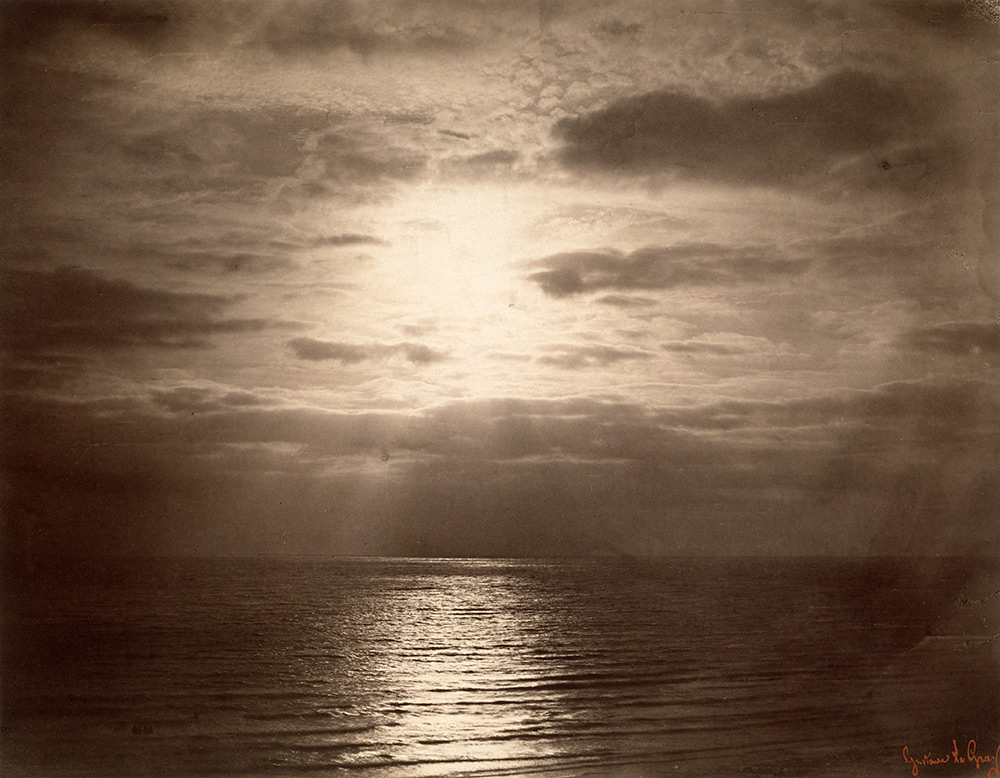
Technical innovations
His technical innovations included:
- Improvements on paper negatives, specifically waxing them before exposure “making the paper more receptive to fine detail”.
- A collodion process published in 1850 but which was “theoretical at best”. The invention of the wet collodion method to produce a negative on a glass plate is now credited to Frederick Scott who published his process in 1851.
- Combination printing, creating seascapes by using one negative for the water and one negative for the sky
Combination printing, creating seascapes by using one negative for the water and one negative for the sky at a time where it was impossible to have at the same time the sky and the sea on a picture due to the too extreme luminosity range. Combination printing was an early experiment of HDR photography where you expose for bright and dark areas of a landscape scene.
In October 1999, Sotheby’s sold a Le Gray albumen print “Beech Tree, Fontainebleau” for £419,500, which was a world record for the most expensive single photograph ever sold at auction, to an anonymous buyer. At the same auction, an albumen print of “The Great Wave, Sète” by Le Gray was sold for a new world record price of £507,500 or $840,370 to “the same anonymous buyer” who was later revealed.
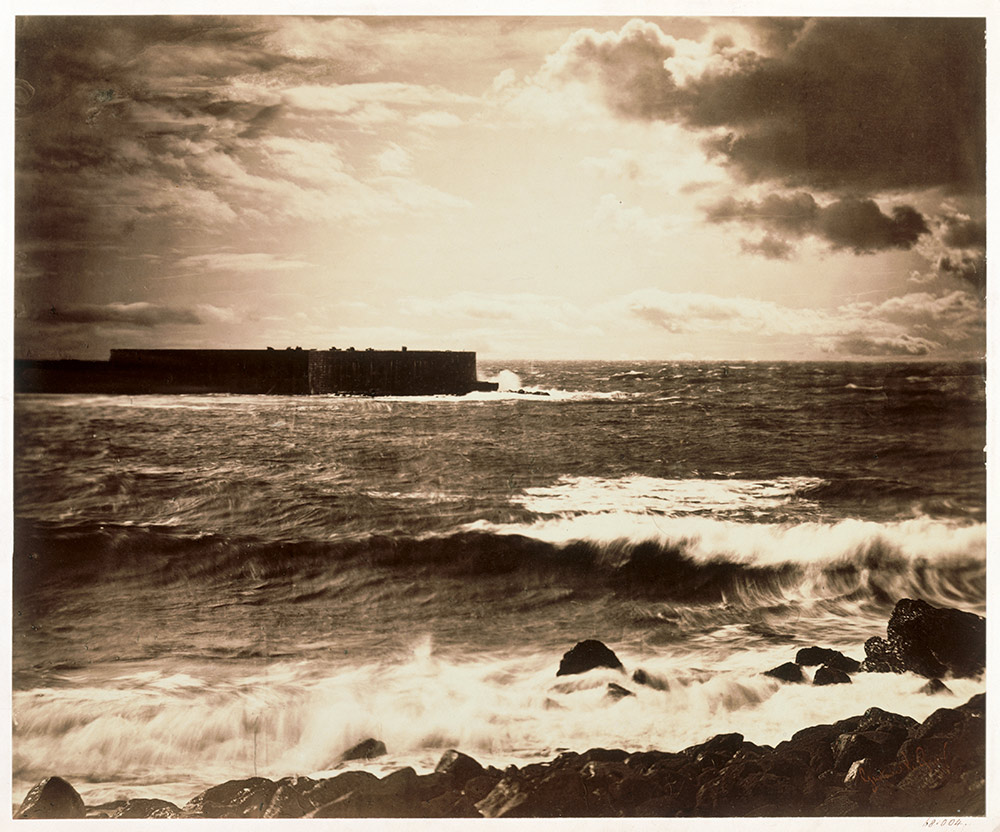
The seascapes were, and are still, Le Gray’s greatest public, commercial and aesthetic success. He took them in France – a first set taken in Normandy in the summer of 1856 and a second set from the Mediterranean coast in spring 1857. At the horizon, the clouds are cut off where they meet the sea. This indicates the join between two separate negatives. The combination of two negatives allowed Le Gray to achieve tonal balance between sea and sky on the final print. It gives a more truthful sense of how the eye sees the landscape, rather than how the camera perceives nature. When first shown, the luminous, shimmering effects, Le Gray’s otherwise dark seascapes were often mistaken for moonlight. It is easy to see why this misconception arose in these monochrome images where darkness encroaches towards the edges of the scene.




